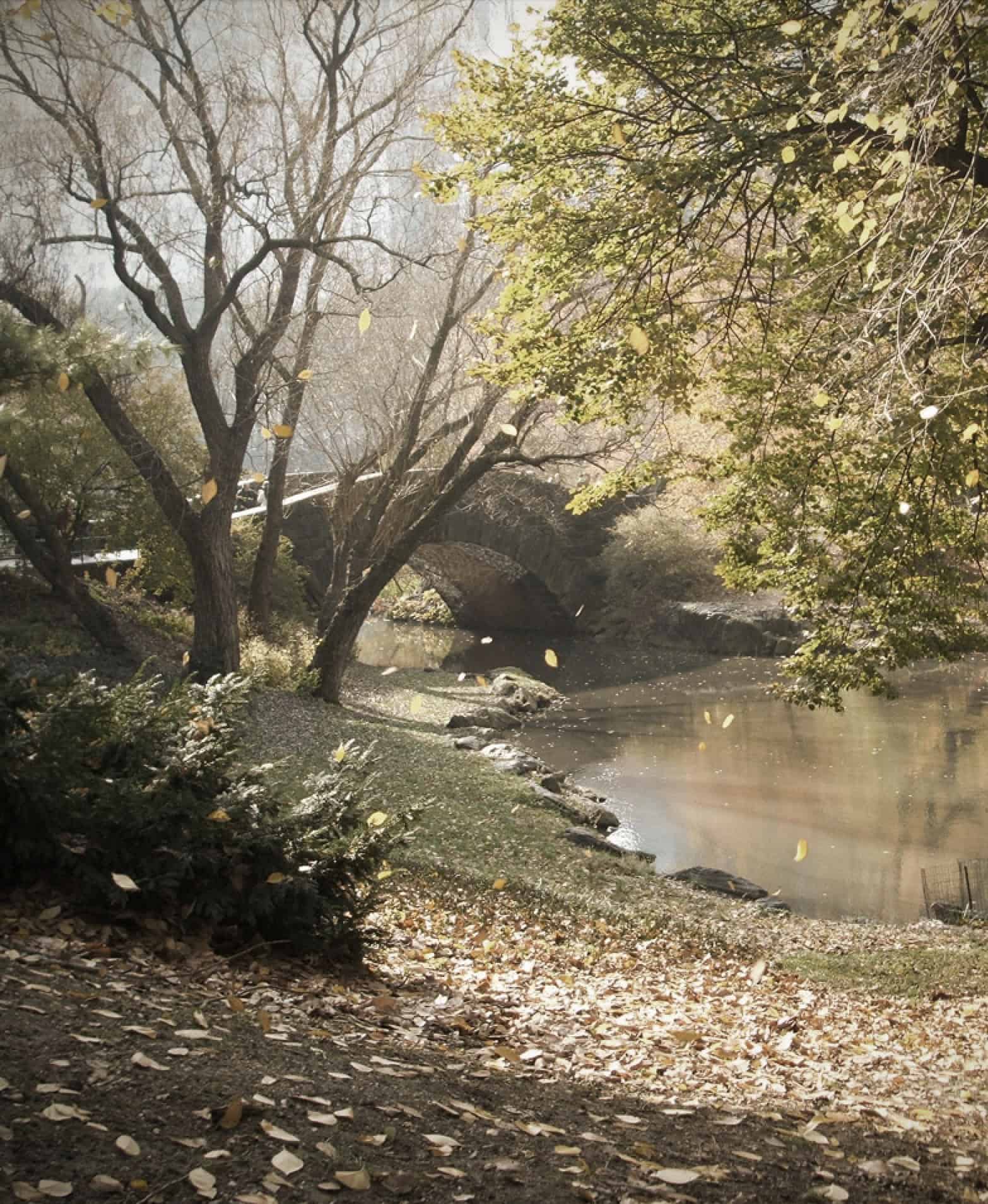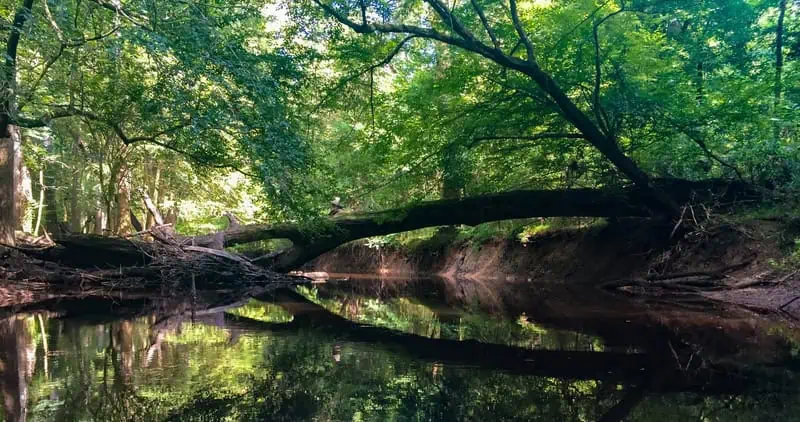There's a lot to graze on in the bountiful Bison Bracket. Round one matchups feature iconic in-state clashes in Texas and Hawaii, some scintillating history and the only city park to make the bracket this year. The winner will really have to take this bull by the horns. Read more below or enter your votes now.

No. 1 Statue of Liberty vs. No. 16 New River Gorge
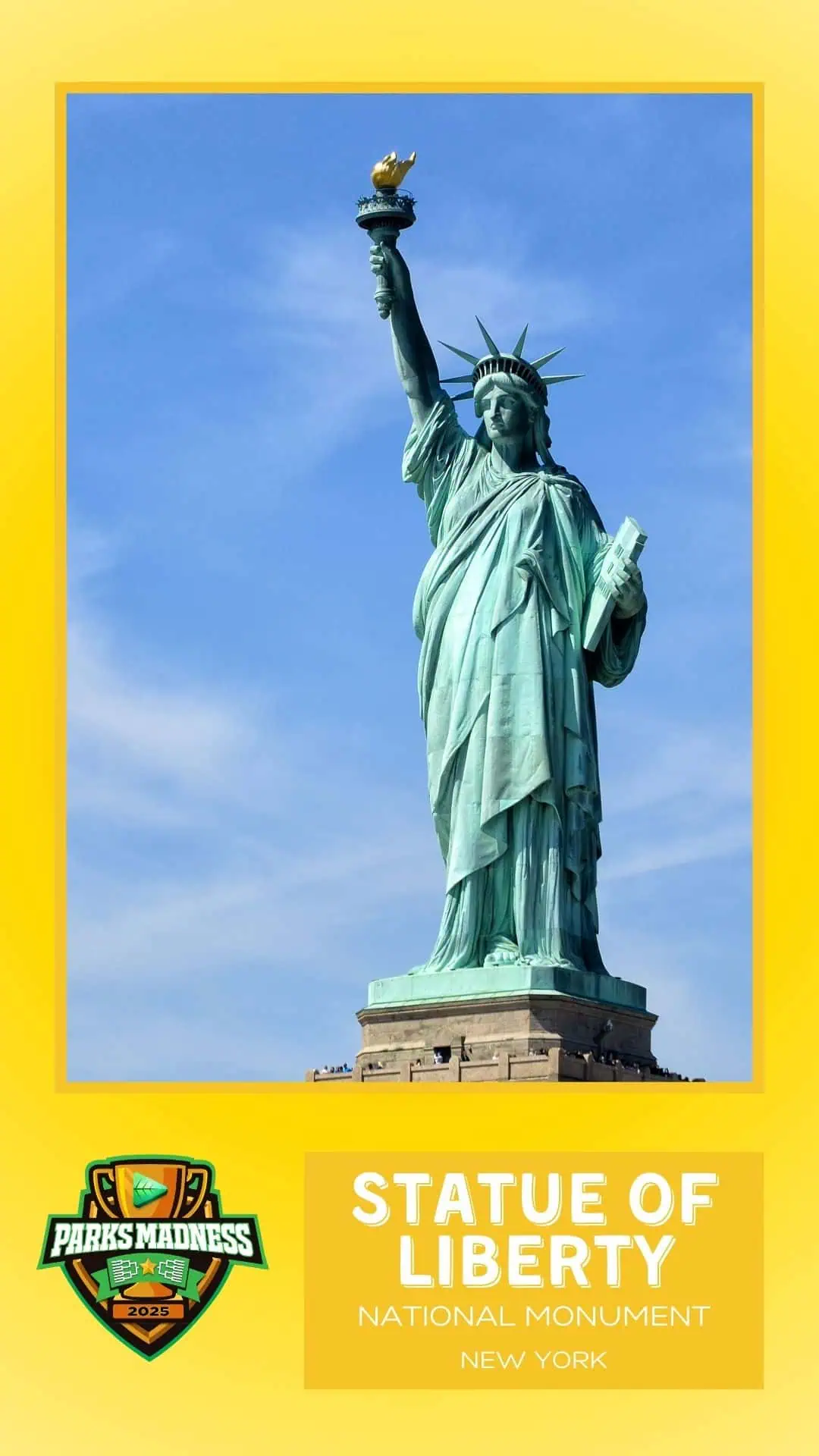
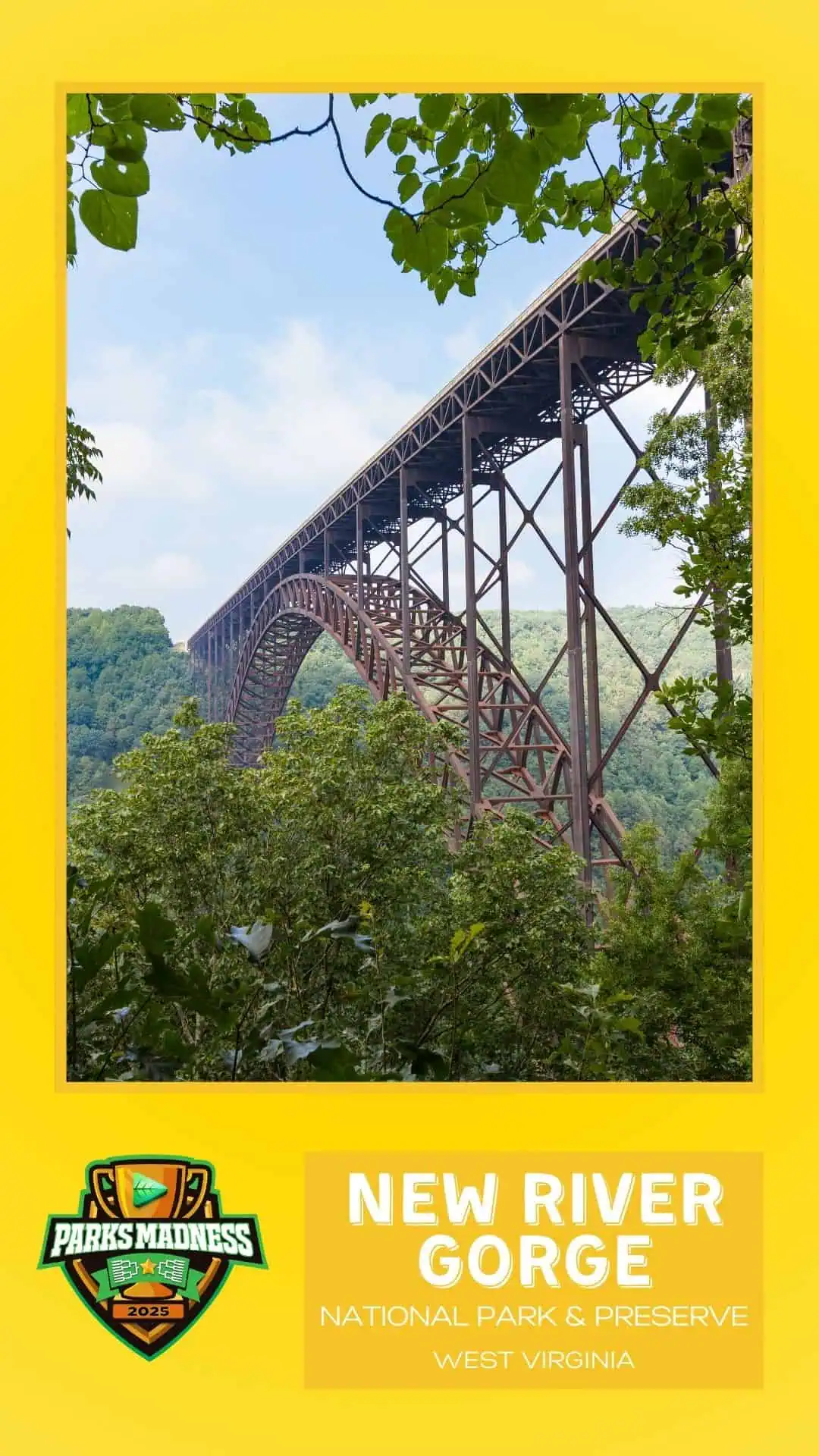
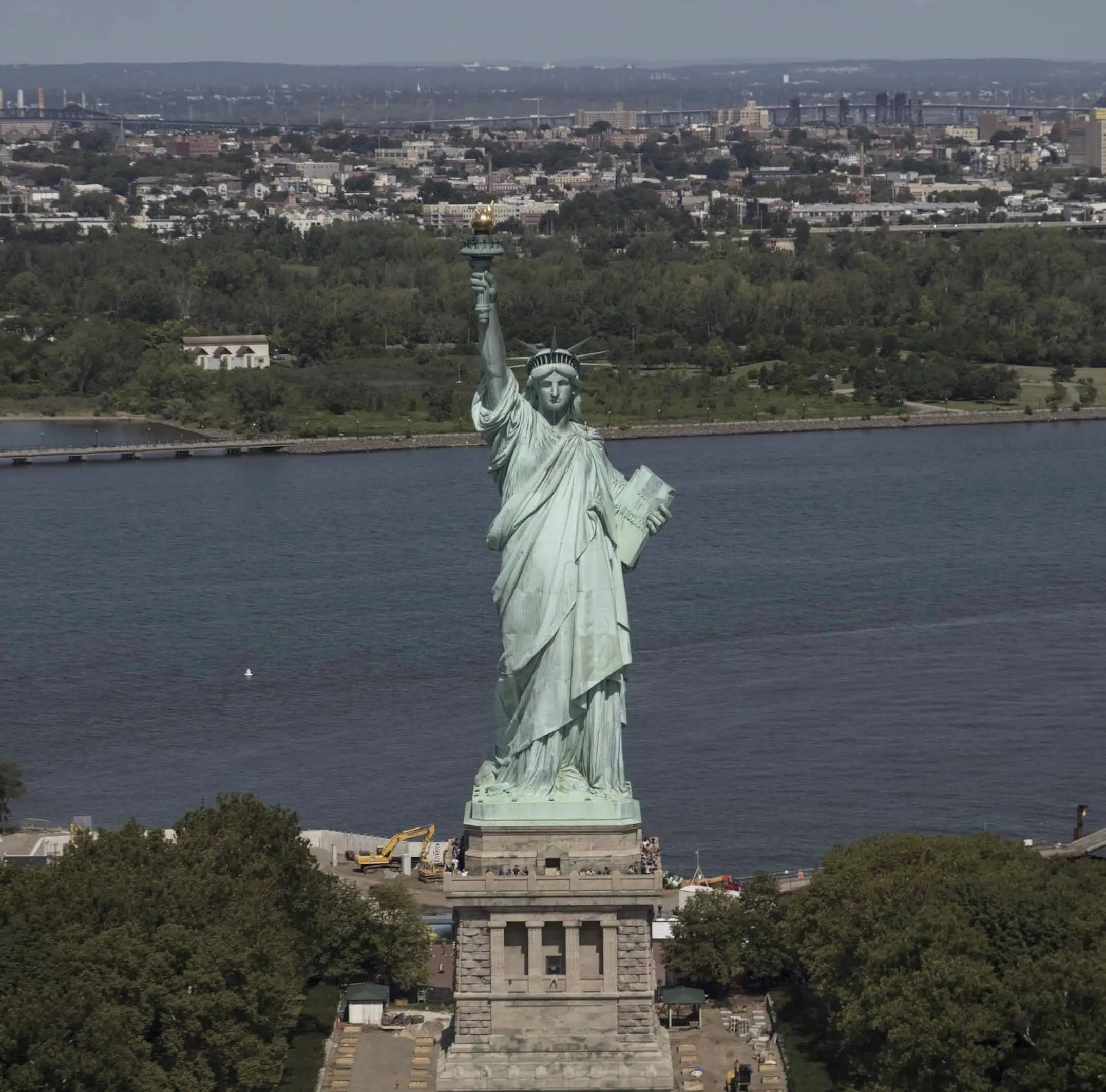
This is where symbolism meets scenery — an urban monument with major historical weight takes on a rugged Appalachian playground built for thrill-seekers. The only thing they share? Icon status. But only one moves on.
You know her. You’ve seen her. But did you know the Statue of Liberty is also part of a national park? Yep — Liberty Island (and nearby Ellis Island) is managed by the National Park Service, and it remains one of the most recognized symbols of freedom in the world.
Gifted by France and dedicated in 1886, Lady Liberty stands 305 feet tall, welcoming millions of visitors and immigrants past and present. Over 3.5 million people visit every year to climb the pedestal, ferry past the skyline, and feel the weight of history.
Best move: Take the crown-access stairs (if you can get a ticket!) and look out through her literal eyes.
Designated in 2020, New River Gorge National Park & Preserve in West Virginia might be the new kid, but it’s making waves — literally. The New River (ironically one of the oldest rivers on Earth) carves through 70,000 acres of forested gorge, delivering top-tier whitewater rafting, world-class rock climbing, and miles of scenic trails.
It’s also home to the New River Gorge Bridge, a steel arch masterpiece and the site of Bridge Day, where BASE jumpers leap off the 876-foot span every October. Liberty has a torch — but this park has launch points.
Best move: Hike the Endless Wall Trail for a cliffside view that lives up to its name.

No. 8 Congaree vs. No. 9 Voyageurs

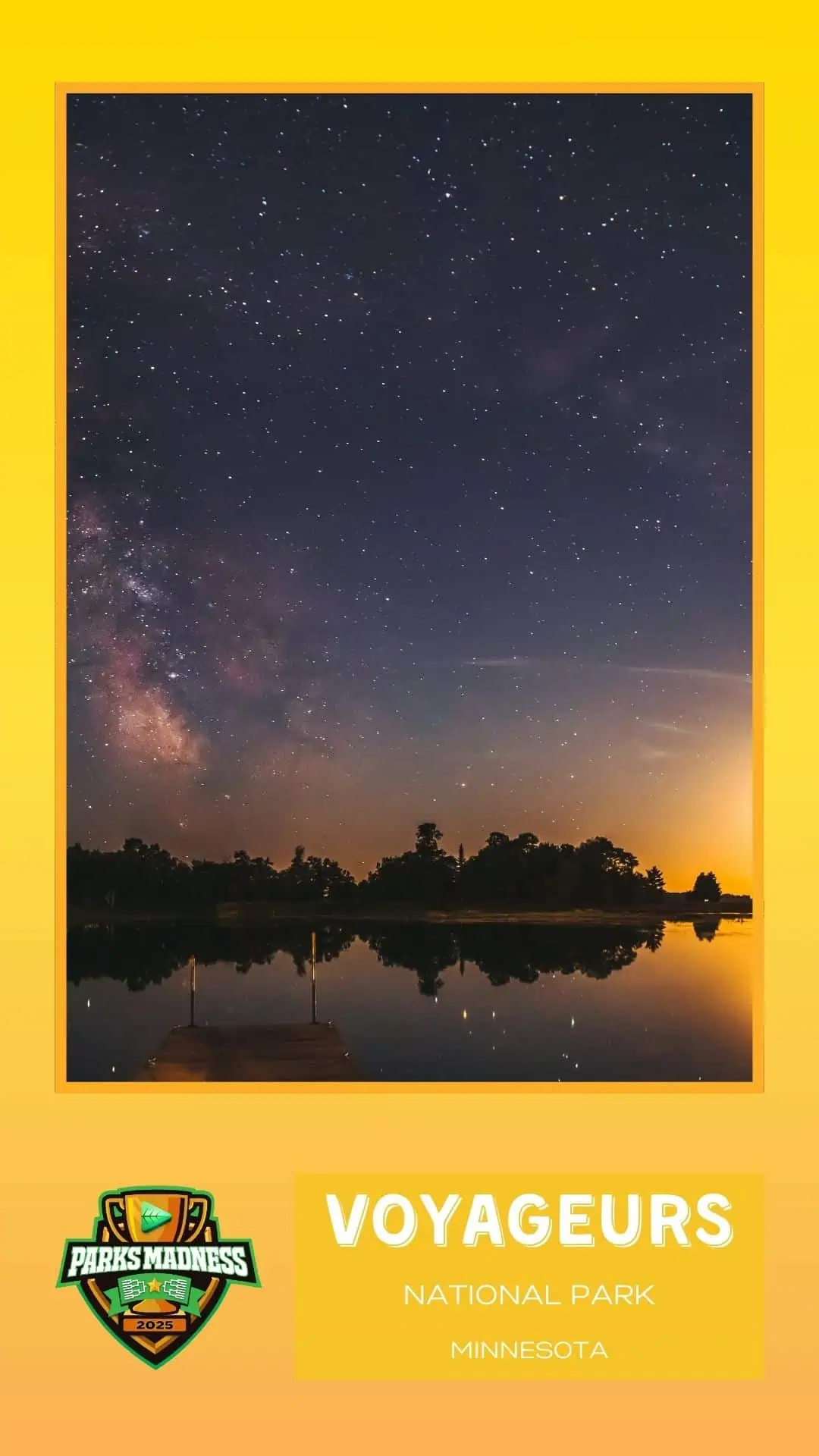
Both of these national parks are off the beaten path — literally. One is best seen by kayak, the other requires a boat to explore fully. They’re not just parks — they’re immersive ecosystems. But only one can paddle forward in the bracket.
Tucked in the floodplain of South Carolina’s river by the same name, Congaree National Park protects one of the last remaining old-growth bottomland hardwood forests in the U.S. Think skyscraper-tall trees, Spanish moss, and a forest that regularly floods, bringing life with every rising tide.
Congaree is peaceful, mysterious, and a birder’s dream. Plus, it’s got a secret seasonal superpower: synchronous fireflies that light up the forest like a natural rave each spring.
Best move: Paddle the Cedar Creek Canoe Trail to experience the forest from water level — spooky and serene.
Way up in northern Minnesota, Voyageurs is all about the water. With over 84,000 acres of lakes, countless rocky islands, and an endless supply of starry skies, this park is a true backcountry escape — but you’ll need a boat (or a very strong paddle arm) to explore it.
Named after the French-Canadian fur traders who once traveled these routes, the park offers top-tier canoeing, houseboating, and even winter ice roads when things freeze over. If you want loons calling, auroras dancing, and zero cell service, Voyageurs is your spot.
Best move: Camp on your own private island. Yes, that’s a thing.
No. 5 Independence Hall vs. No. 12 Lewis & Clark Trail
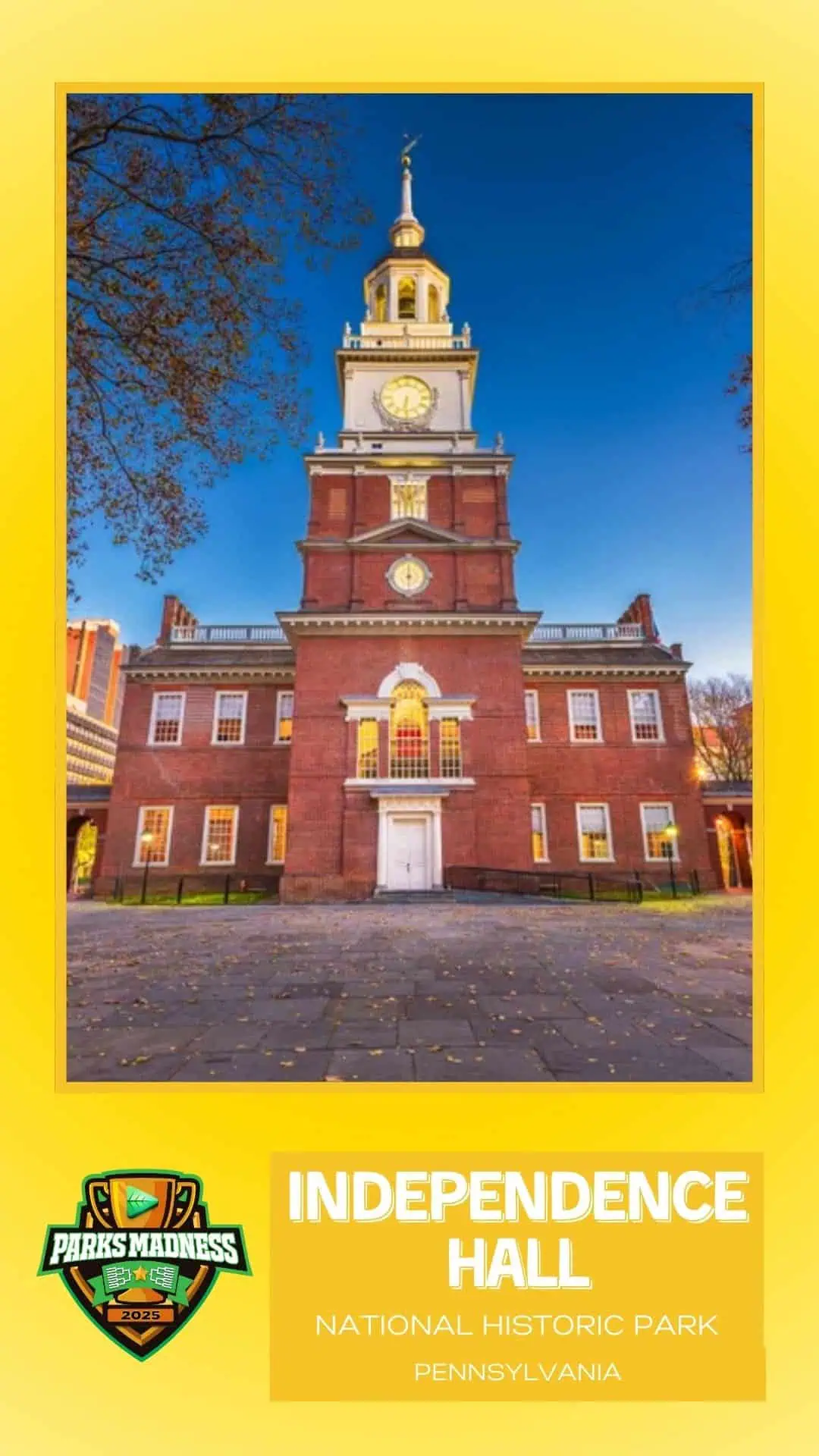
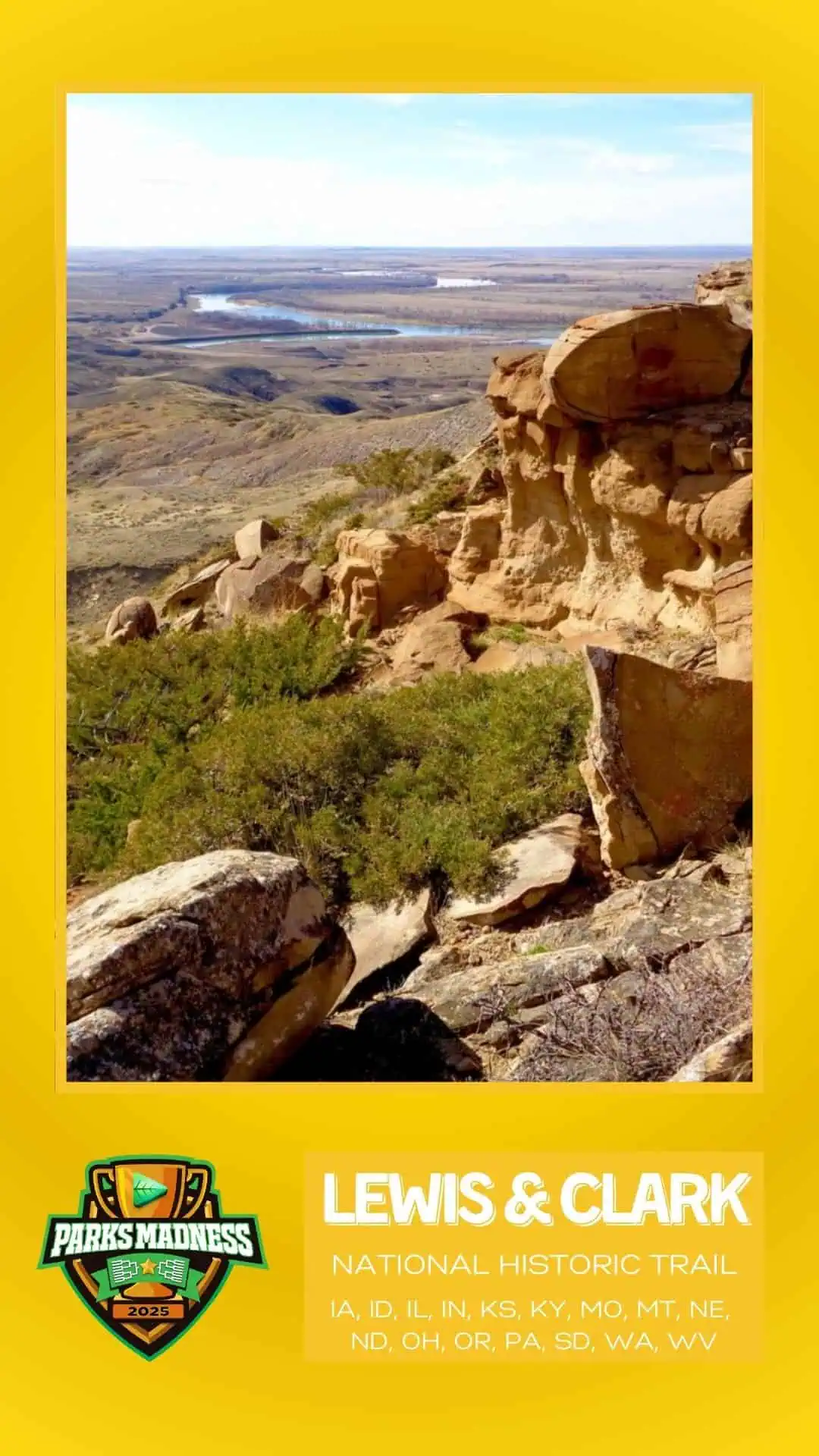
This is founding ideals vs. frontier grit. One is a single building that changed the course of human history. The other is a 4,900-mile route of survival, diplomacy, and discovery. Time to pick your historical powerhouse.
It’s hard to overstate the impact of what happened inside these brick walls in Philadelphia, 1776. Here, the Declaration of Independence was debated, signed, and sent into the world — and eleven years later, the U.S. Constitution was born.
Now a UNESCO World Heritage Site, Independence Hall draws history lovers, school groups, and presidents alike. And when that bell rings (you know the one), it echoes through time.
Best move: Stand in the Assembly Room, take a breath, and realize you’re in the very room where Jefferson, Franklin, and Washington made democracy real.
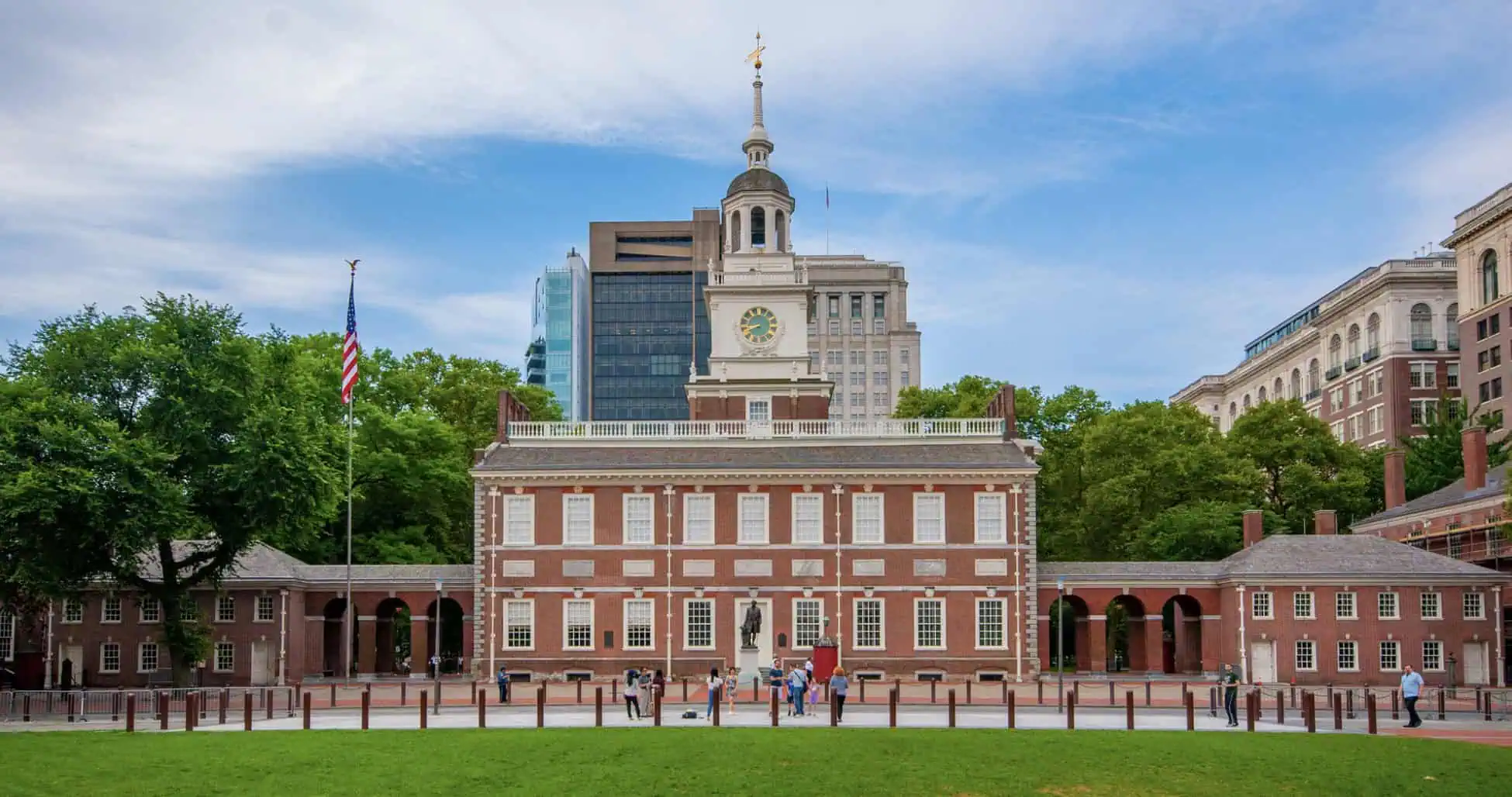
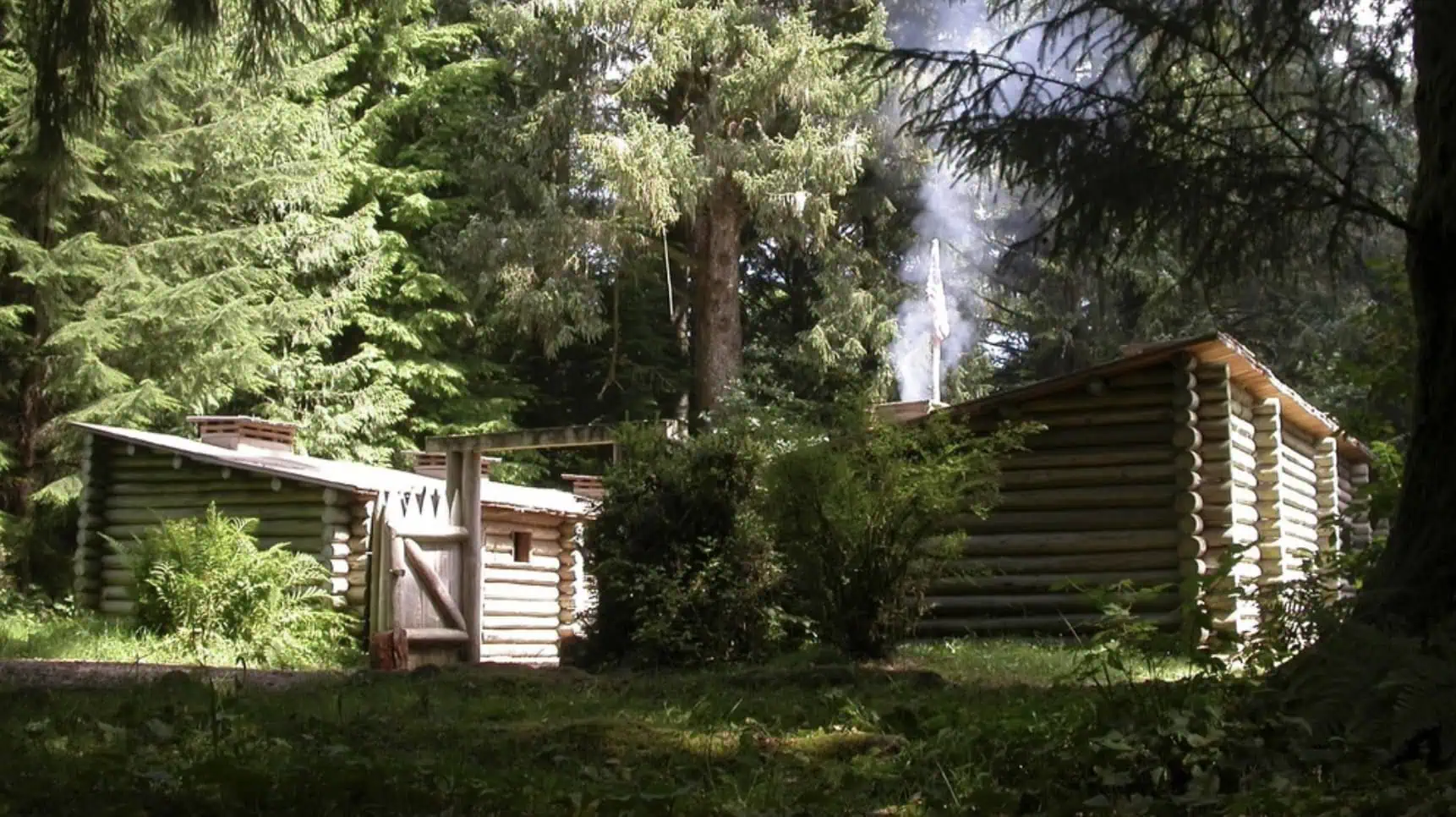
Commissioned by Thomas Jefferson in 1804, Meriwether Lewis and William Clark set off with the Corps of Discovery to chart a path to the Pacific. What followed was one of the most legendary expeditions in U.S. history — full of challenges, first contacts, natural wonders, and near-death moments.
The trail now stretches across 16 states, from Pennsylvania to Oregon, connecting over 100 sites where you can walk (or paddle) in the explorers’ footsteps — including the places where Sacagawea guided them and where they first laid eyes on the Pacific Ocean.
Best move: Visit Traveler’s Rest in Montana or Fort Clatsop in Oregon for immersive stops where the journey comes alive.
Independence Hall is the cornerstone of American democracy — a building that holds the very soul of the republic. The Lewis & Clark Trail is America on the move — ambitious, messy, hopeful, and relentless. This one’s about what kind of history you love: Ideas forged in ink, or boundaries explored on foot?
No. 4 Gettysburg vs. No. 13 Indiana Dunes
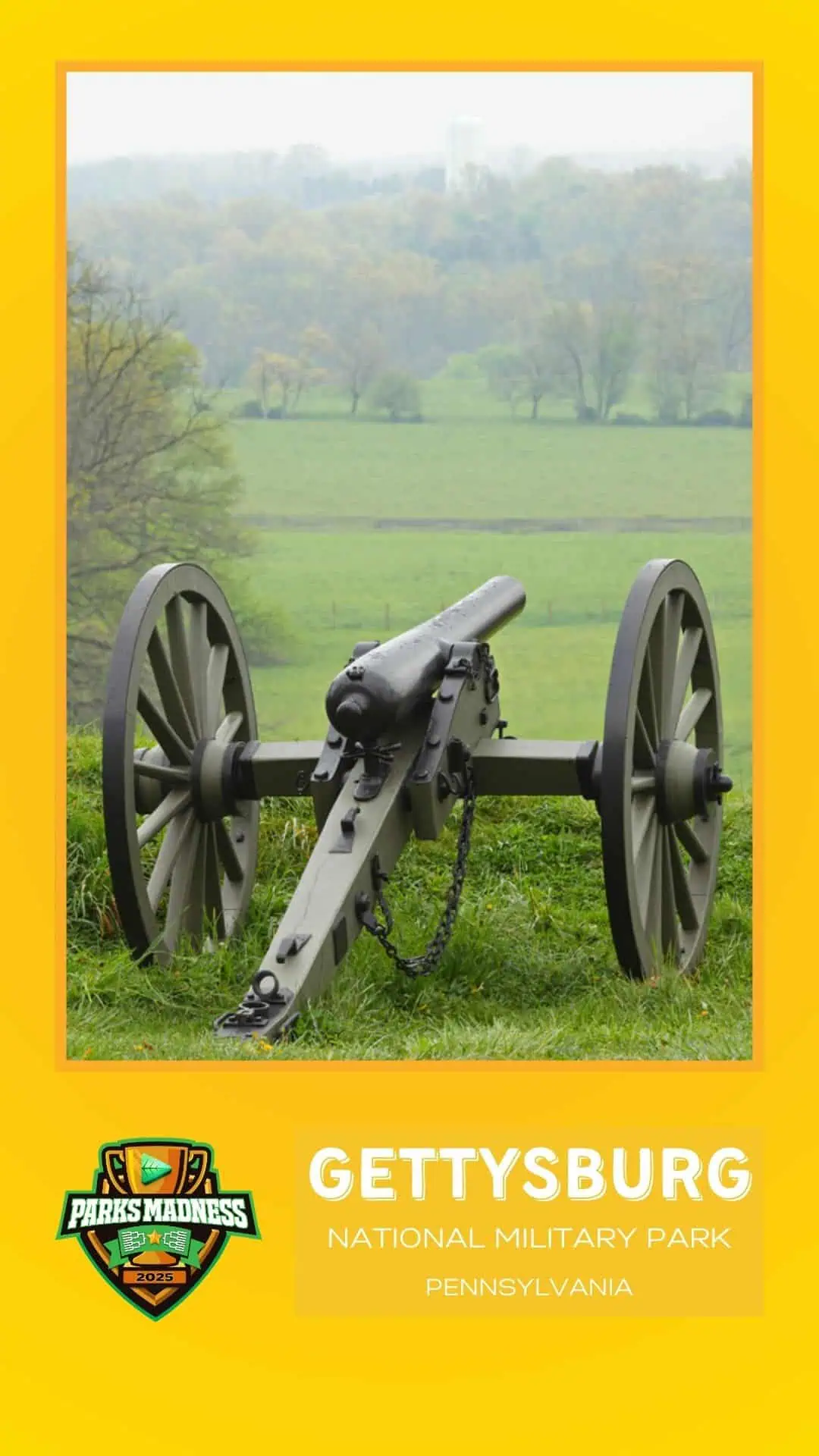
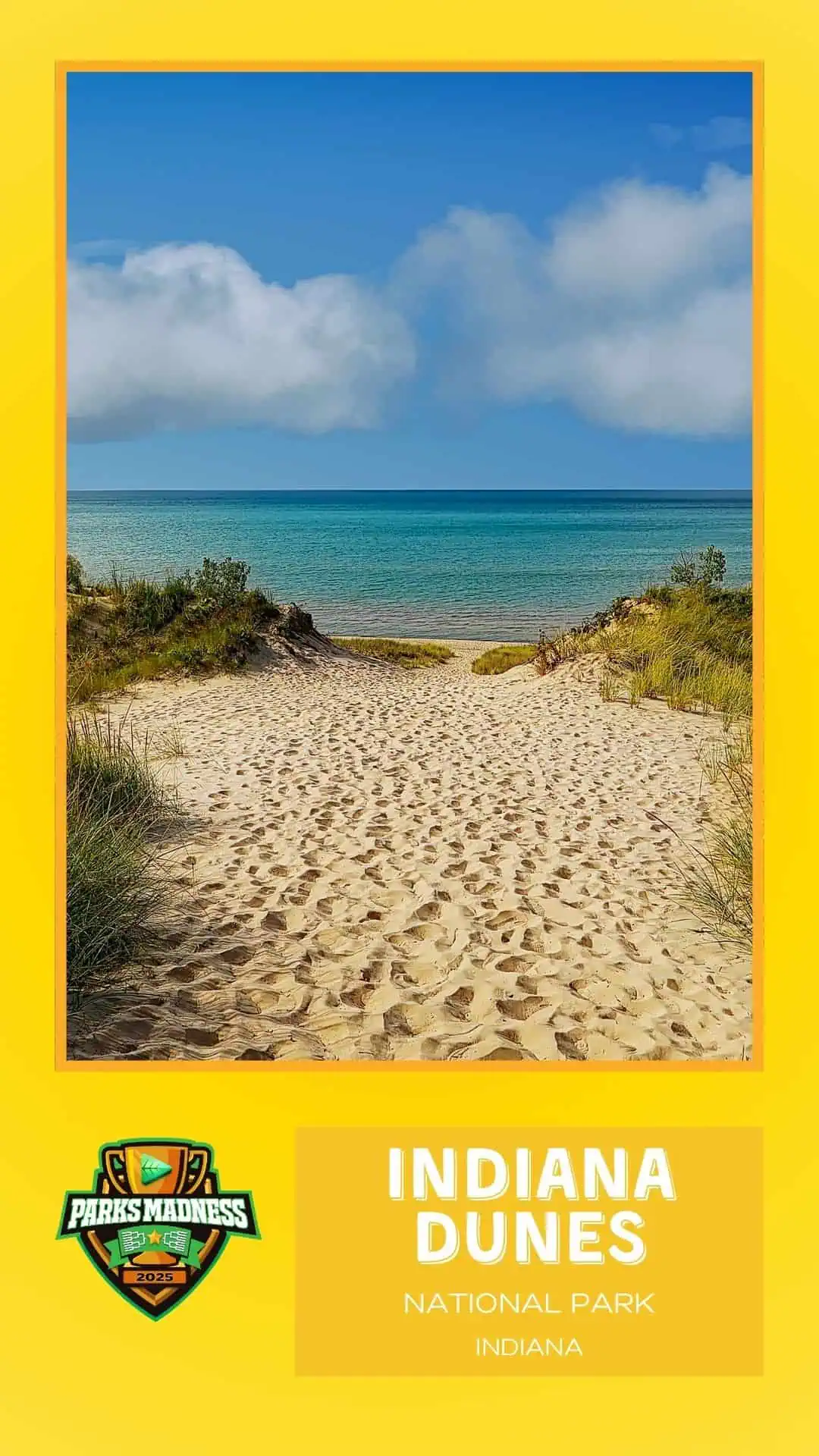
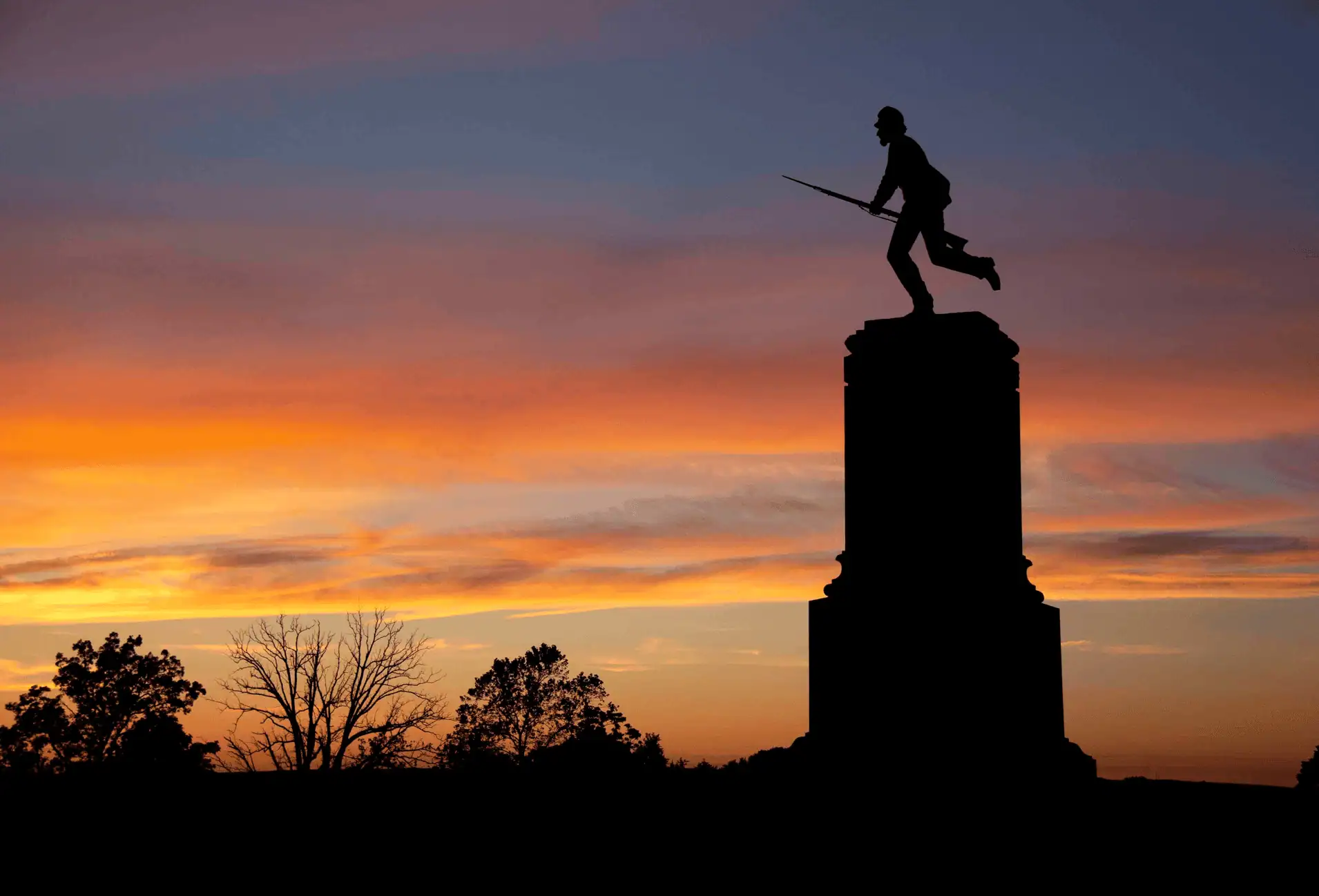
This is a contest between solemn reflection and sand-between-your-toes relaxation — between history that shaped the nation and nature that surprises at every turn. Two very different energies, one tough decision.
In July 1863, over three bloody days in the fields of Pennsylvania, the tide of the Civil War turned. Gettysburg was the war’s deadliest battle — and later, the site of Abraham Lincoln’s most famous words.
Today, the park preserves over 6,000 acres of rolling farmland, stone walls, cannons, and monuments — along with a deeply moving visitor center and museum. It’s not just history; it’s a place of memory, sacrifice, and national identity.
Best move: Walk the fields of Pickett’s Charge, then stand at the Soldiers’ National Cemetery and read the Gettysburg Address. Goosebumps guaranteed.
Just 45 minutes from Chicago, Indiana Dunes hugs 15 miles of Lake Michigan shoreline, but this isn’t just a beach park. It’s also home to biodiversity that rivals Yellowstone — with over 1,100 plant species across beaches, prairies, wetlands, and forests.
It only became a full-fledged national park in 2019, but it’s been a conservation battleground for over a century — and now draws nearly 2.8 million visitors a year. You can climb dunes, swim, birdwatch, hike through oak savannas, and grab a hot dog at a local stand afterward.
Best move: Catch sunset from the top of Mount Baldy — a giant dune with views that’ll make you forget you’re in the Midwest.
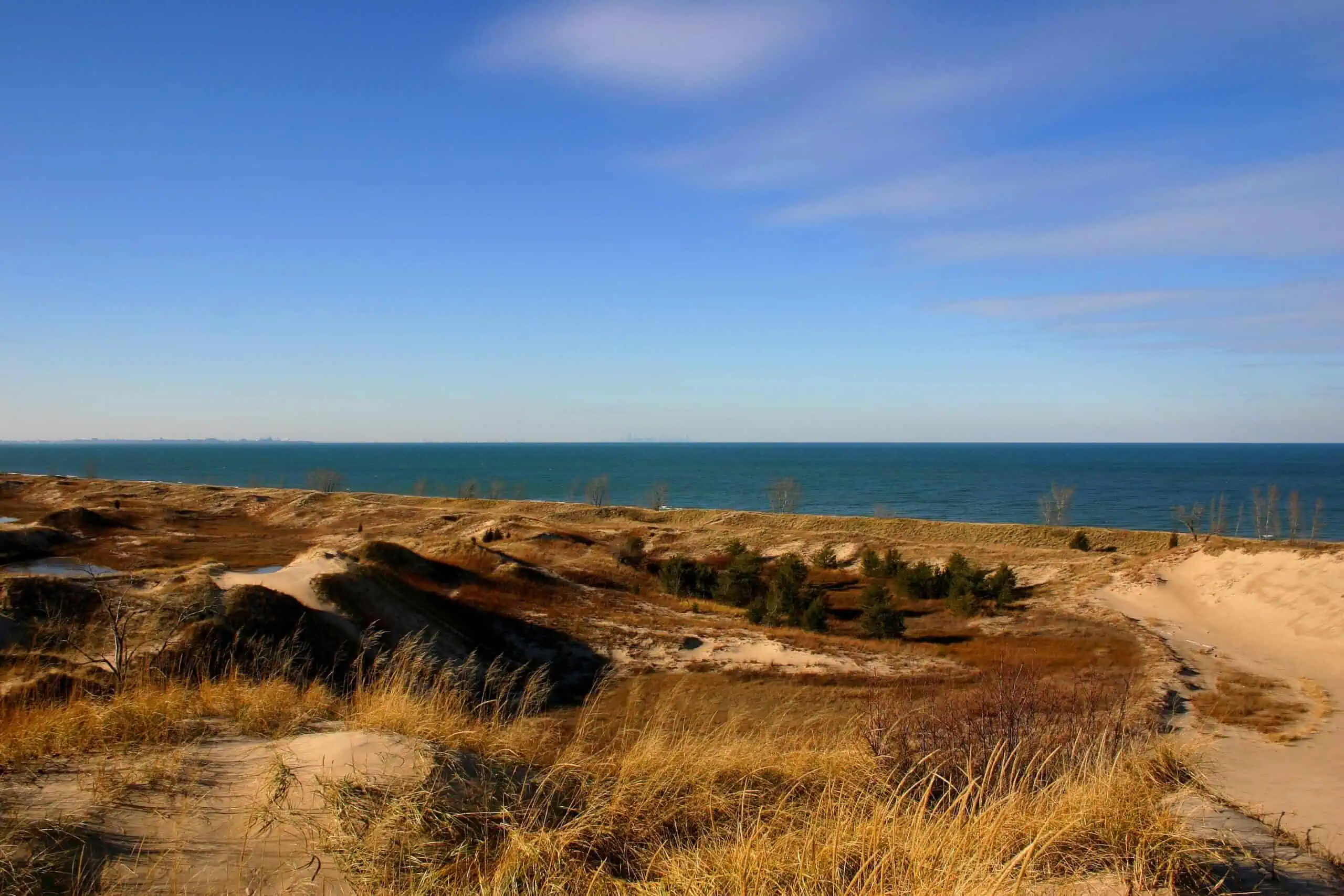
No. 6 Big Bend vs. No. 11 The Alamo
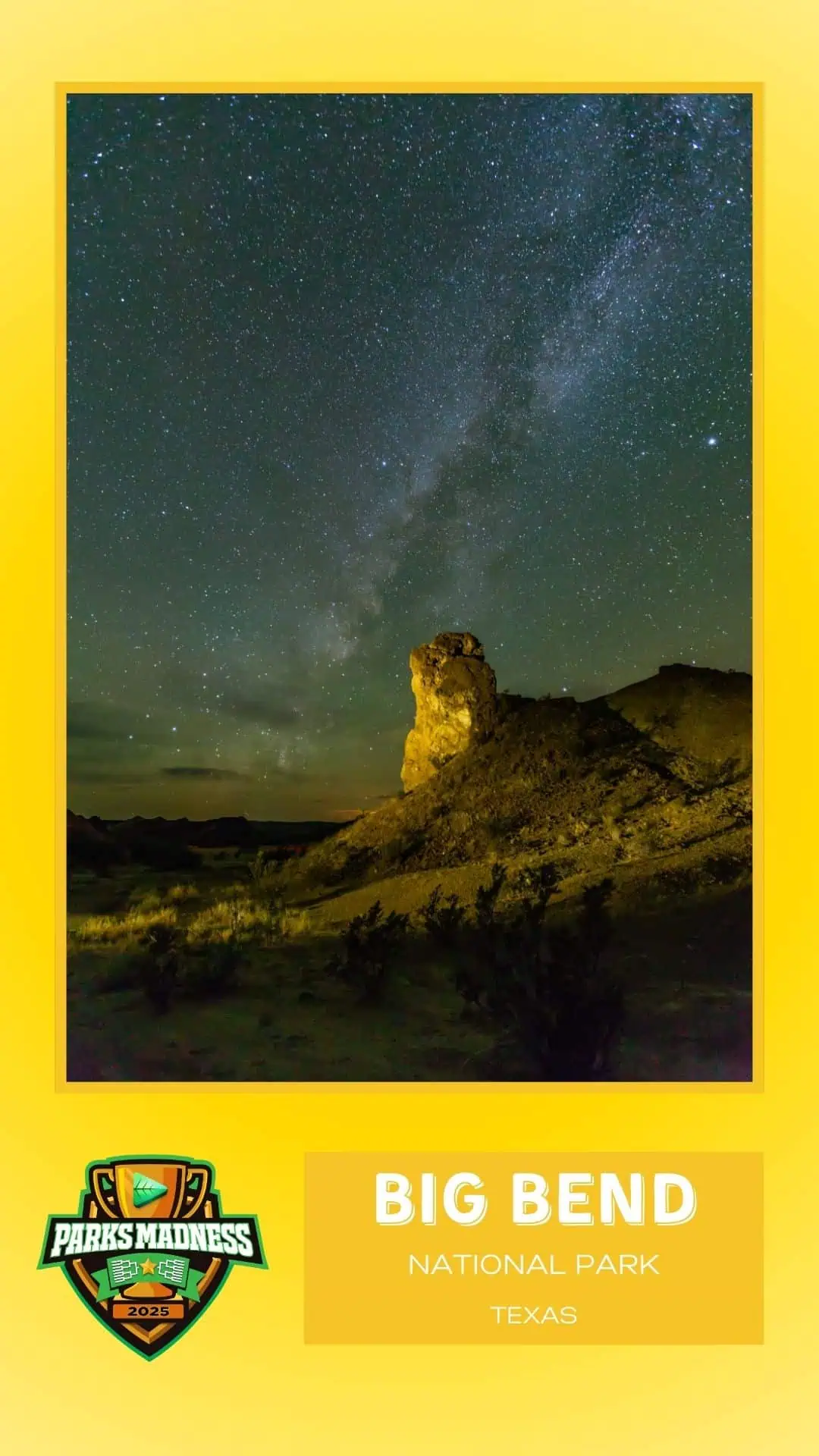
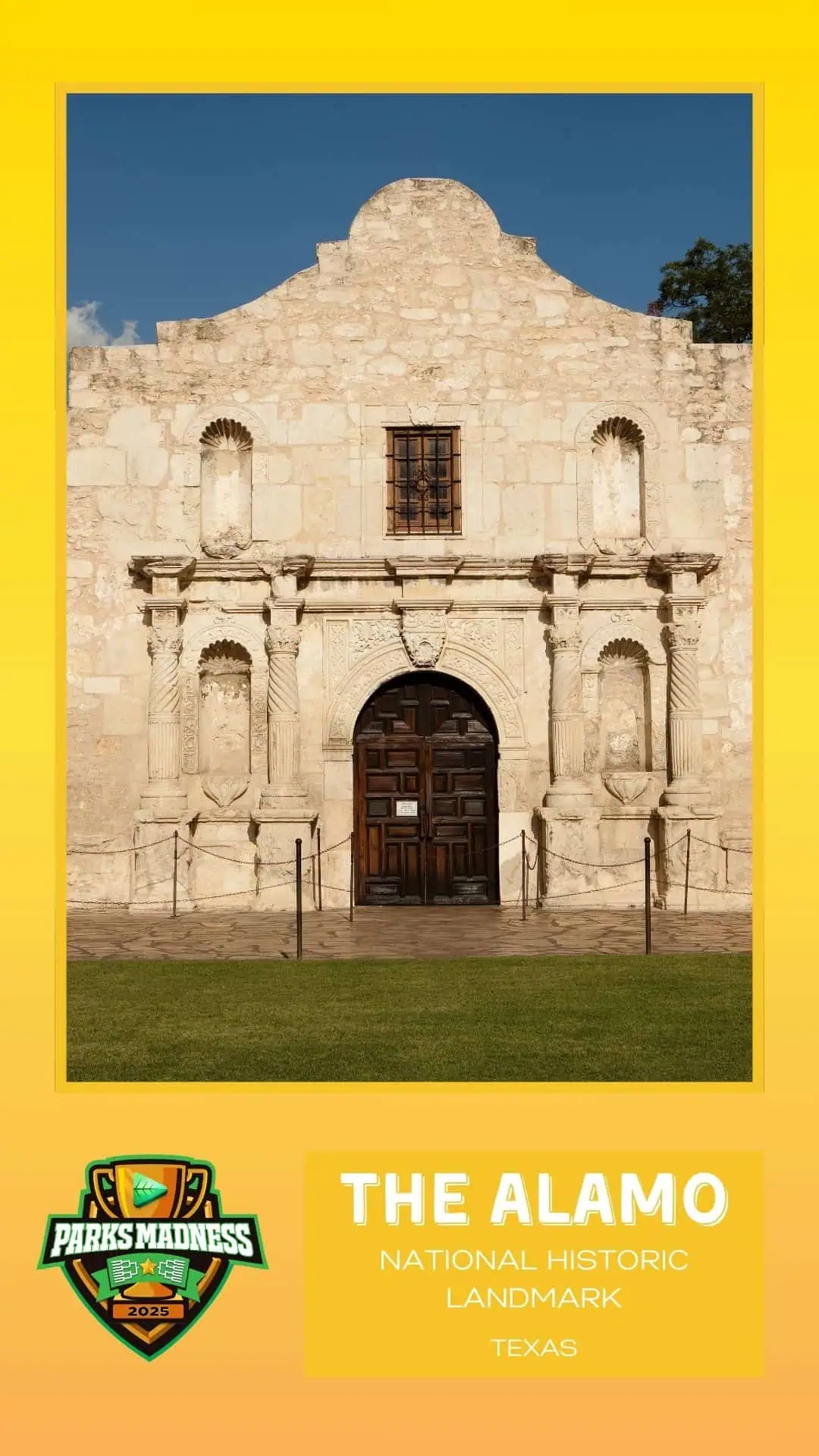
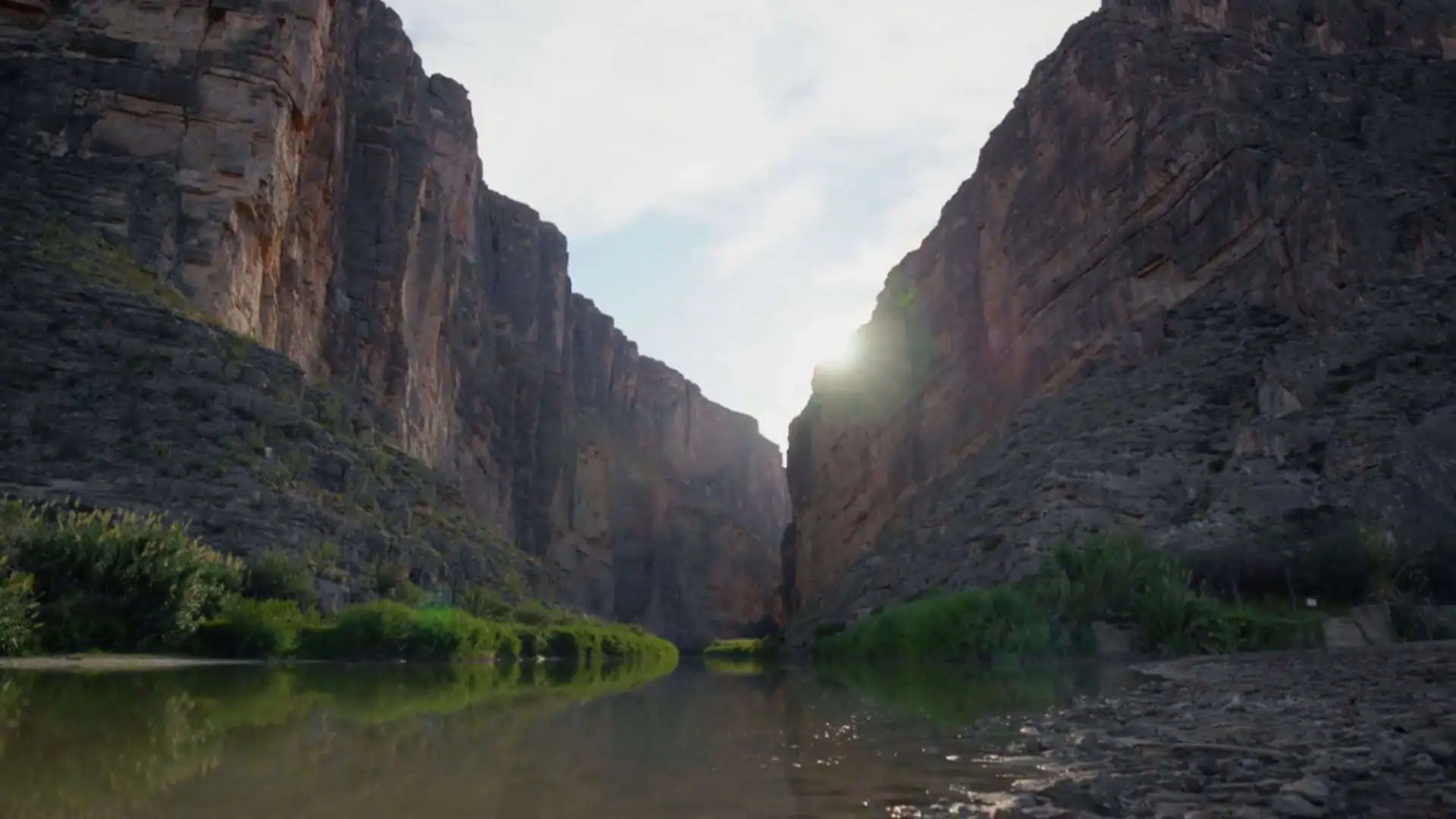
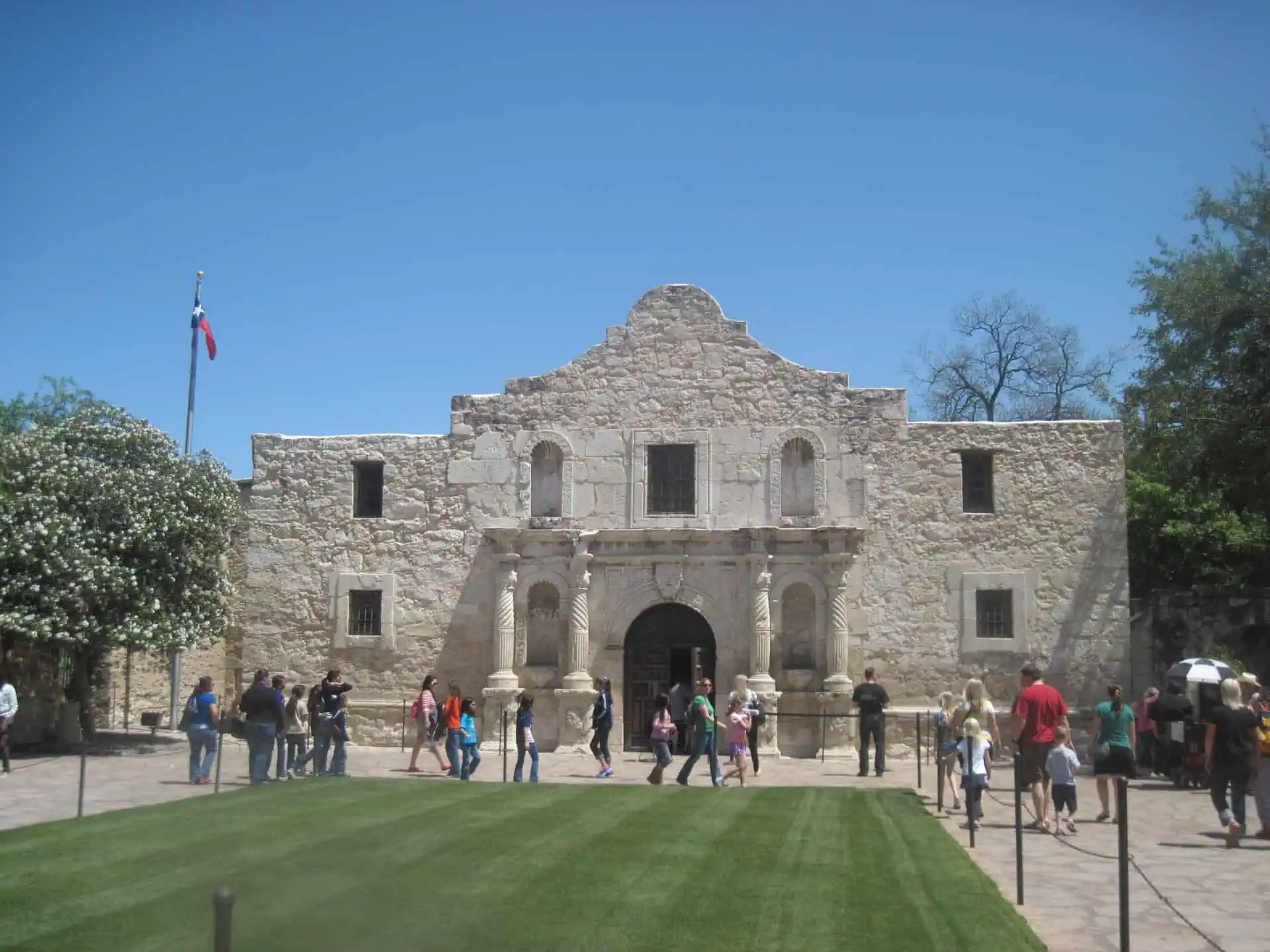
Ohhh, it’s a Texas-sized showdown, y’all — where sweeping desert skies meet a stone fortress steeped in legend. One is vast, rugged, and remote; the other, compact but immortal.
Covering over 800,000 acres of Chihuahuan Desert, Big Bend is Texas untamed. It’s got the Rio Grande carving canyons, the Chisos Mountains rising from the desert floor, and trails where you may not see another soul for hours.
This park is remote, raw, and absurdly beautiful. It’s also an international borderland, full of cultural richness, hot springs, fossil finds, and some of the darkest night skies in the U.S.
Best move: Hike into Santa Elena Canyon at sunrise — the walls close in, the light hits just right, and it’s pure magic.
Originally an 18th-century Spanish mission, the Alamo became ground zero for Texas independence in 1836, when a small band of Texians held out for 13 days against the Mexican army. They lost the battle, but won a legacy — and the site became sacred ground in the story of the American Southwest.
Now part of the San Antonio Missions World Heritage Site, the Alamo draws over 2.5 million visitors annually. It’s one of the most famous historic sites in the U.S., and walking its courtyard feels like stepping into myth.
Best move: Stand beneath the famous façade, then head into the Long Barrack for a sobering, immersive exhibit.
No. 3 Shenandoah vs. No. 14 Hot Springs
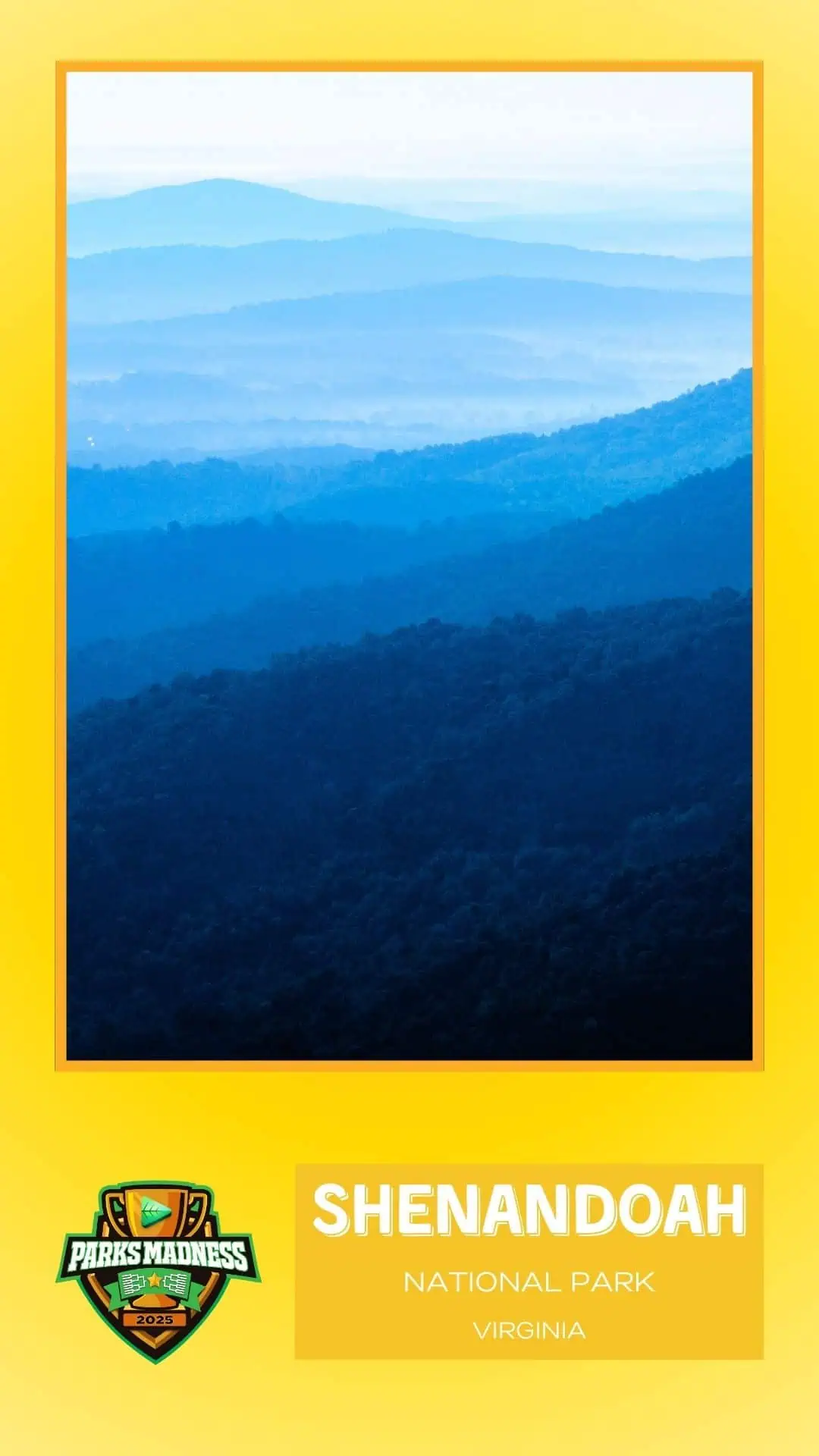
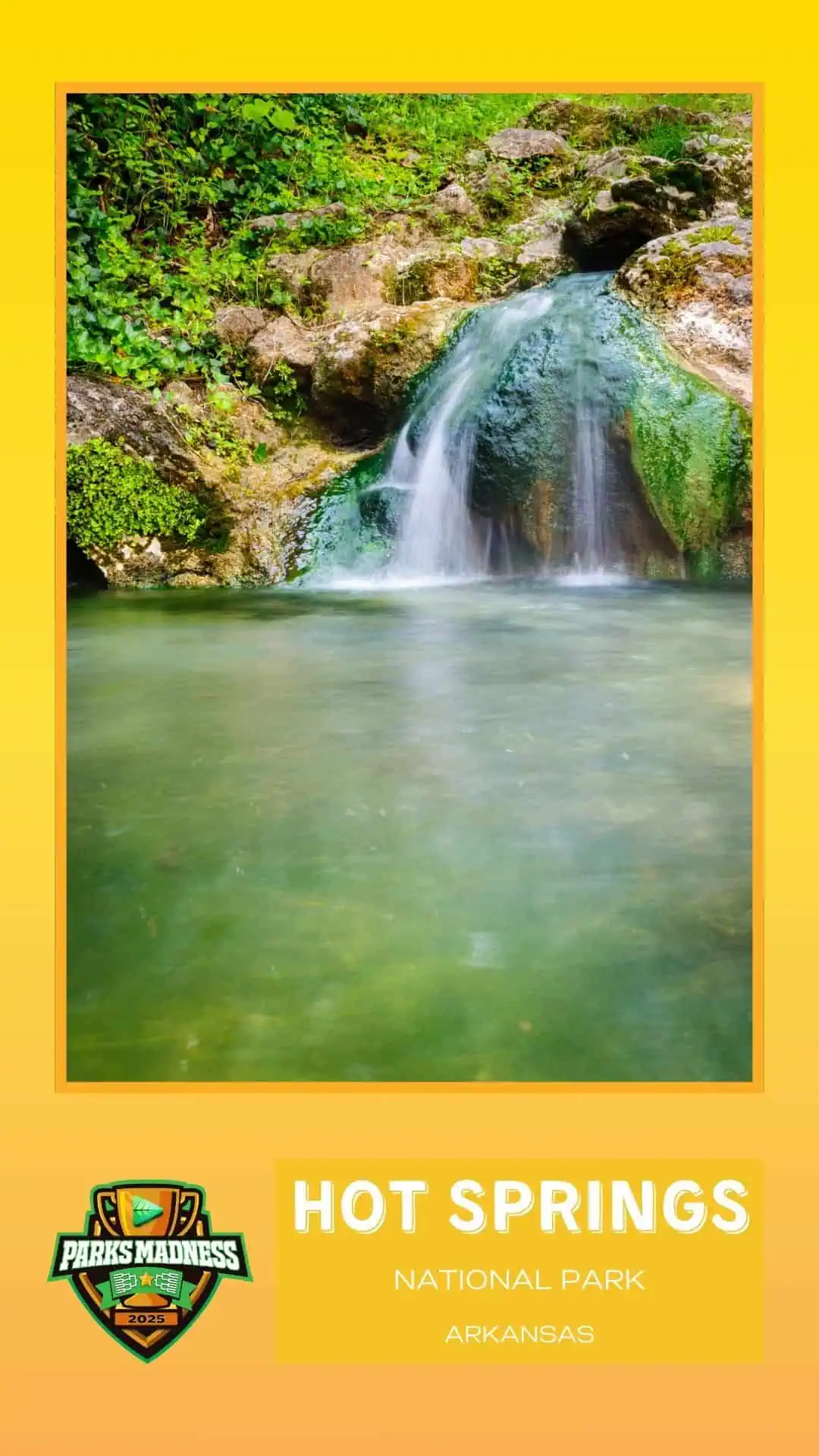
This matchup is for the lovers of winding trails, scenic overlooks, and a little historical quirk. Whether you like your park experience served with panoramic views or bubbling mineral water, these two are here to compete.
Just 75 miles from Washington, D.C., Shenandoah stretches over 105 miles of Virginia’s Blue Ridge Mountains, with the legendary Skyline Drive winding like a ribbon through the peaks. In fall? It’s a leaf-peeper’s paradise. In spring? Wildflowers. Summer? Waterfalls. Winter? Quiet magic.
With 500+ miles of trails, including a chunk of the Appalachian Trail, this park is a hiker’s haven. Black bears, deer, and quiet meadows await — and yes, your cell service might actually disappear for a while. Bliss.
Best move: Hike to Old Rag Mountain — tough climb, epic payoff.

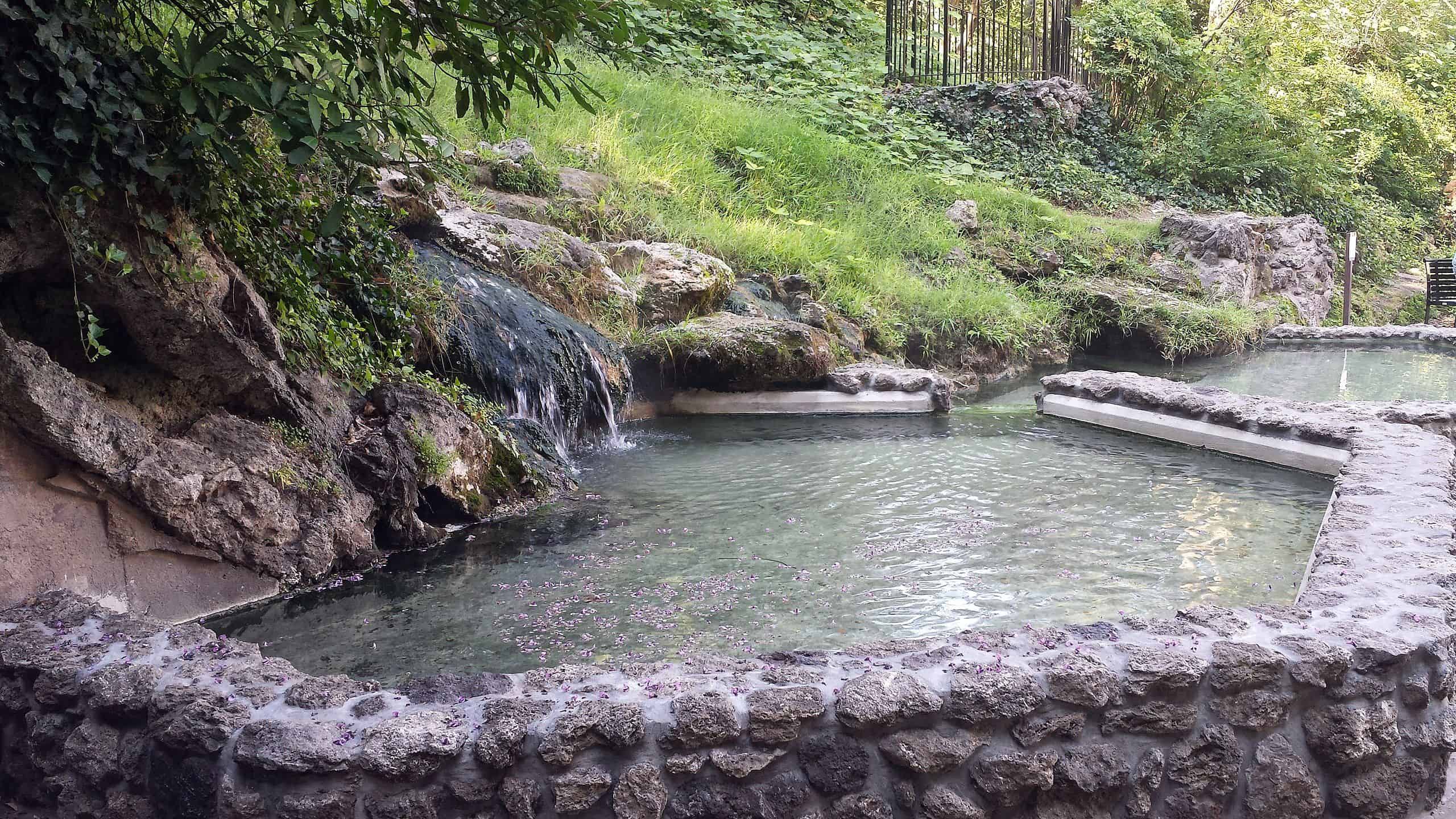
Tucked into the town of Hot Springs, Arkansas, this park is small but mighty — and totally unique. Originally protected in 1832 — before the National Park Service even existed — Hot Springs centers around 47 thermal springs that have drawn visitors for centuries, from Native American tribes to mobsters like Al Capone.
Stroll Bathhouse Row, soak in the healing waters at the restored Buckstaff or Quapaw Baths, then hike the surrounding forested trails for a full mind-body reset. It’s like stepping into a vintage postcard with geothermal benefits.
Best move: Book a soak in a historic tub, then hike the Sunset Trail to digest your spa time in style.
No. 7 Haleakala vs. No. 10 Pearl Harbor
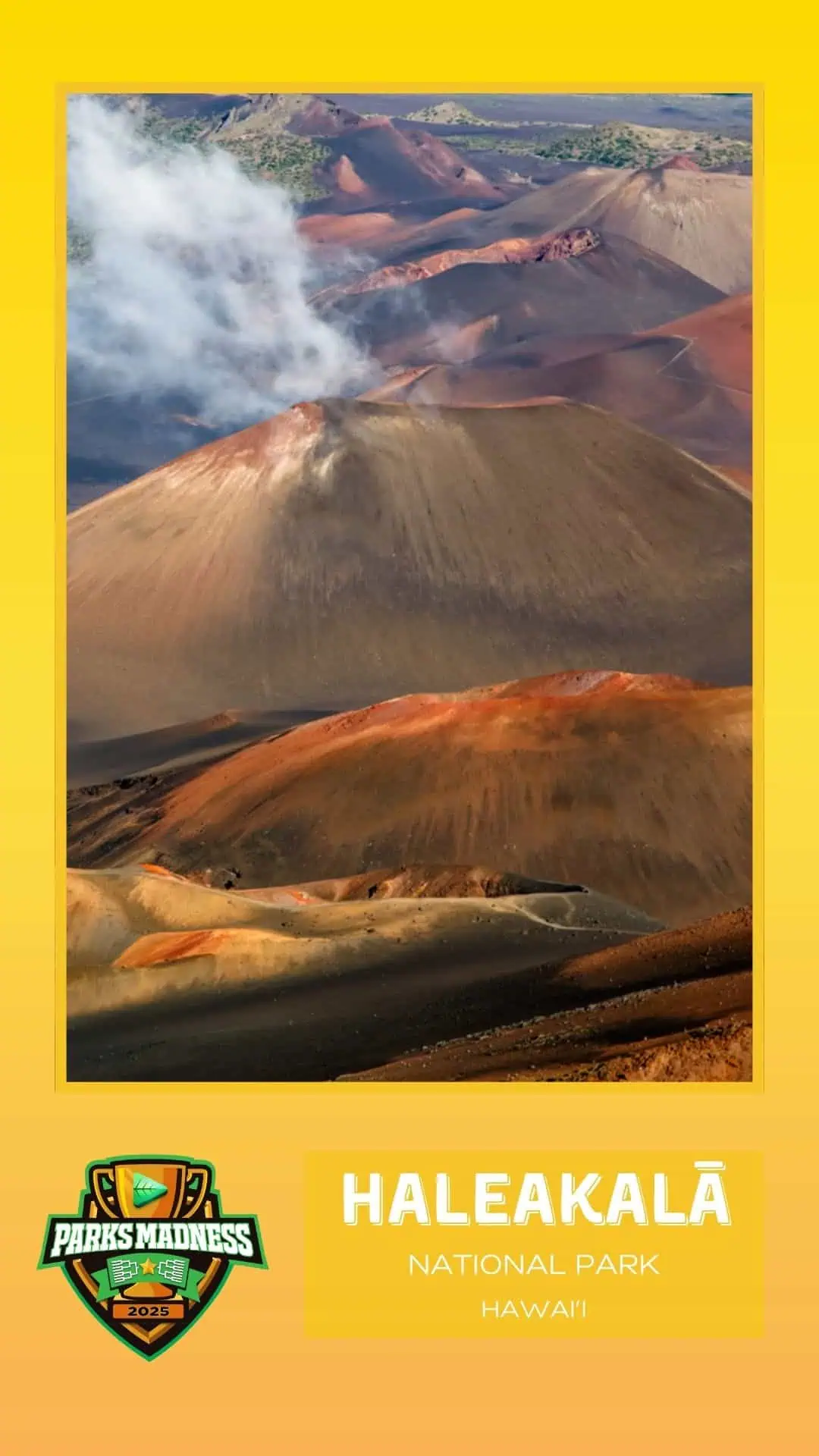
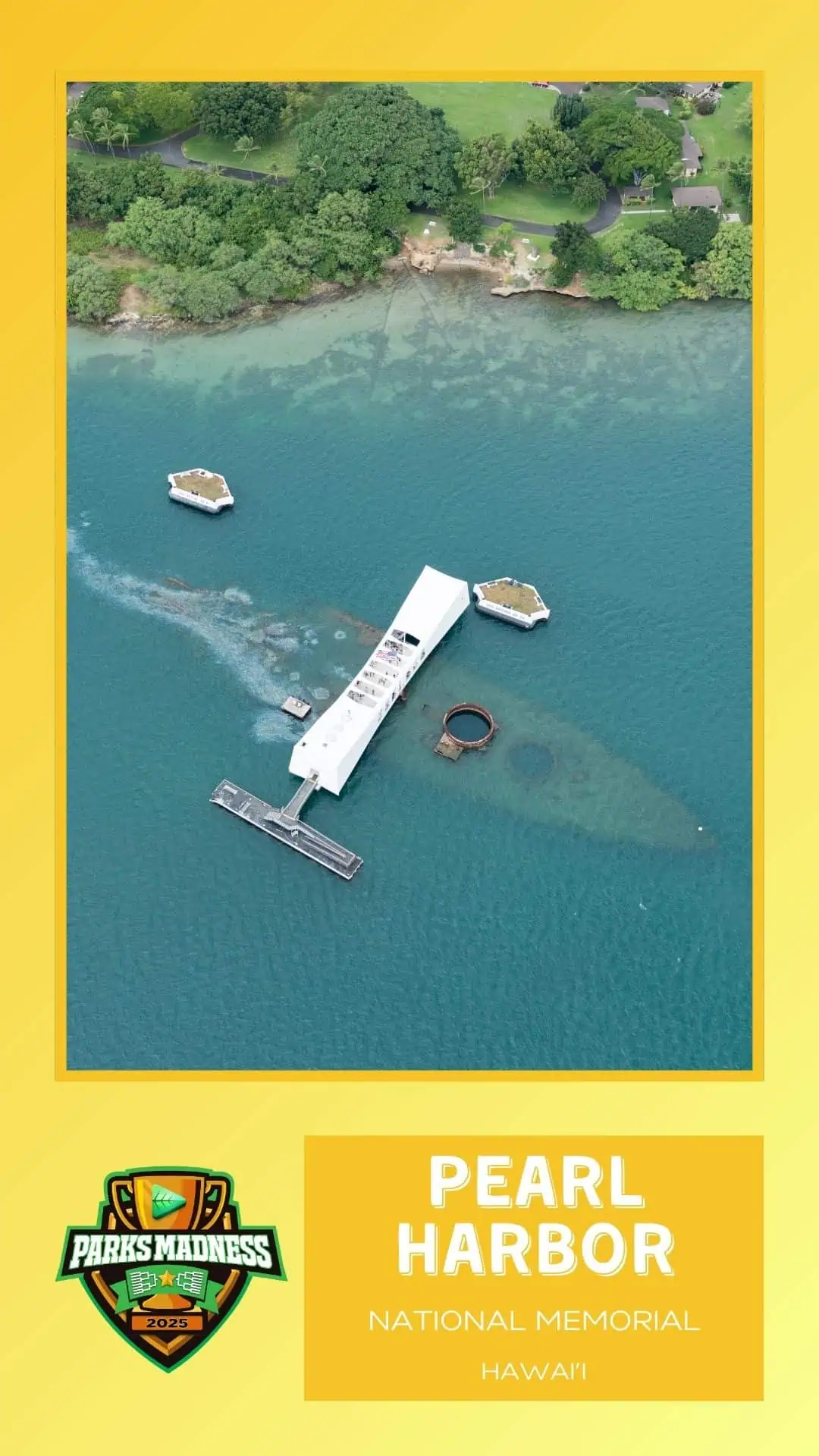
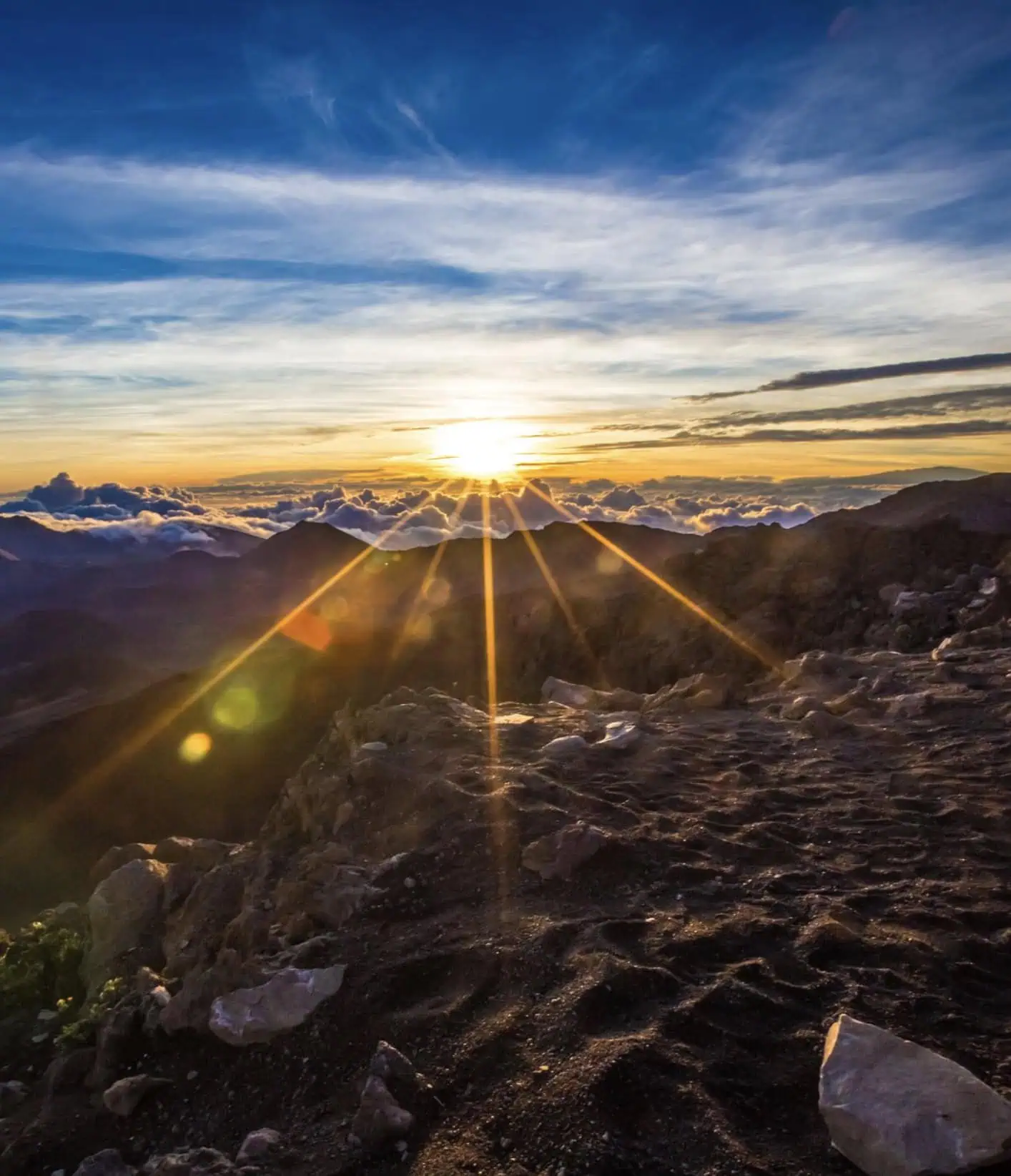
Welcome to a Hawaiian face-off between remembrance and reverence. One honors sacrifice and the start of America’s WWII involvement. The other inspires awe from 10,000 feet above sea level. Totally different vibes. Equally unforgettable.
On the island of Maui, Haleakalā offers a wonderful kind of stillness — one of lava rock, thin air, and vast silence. This 10,023-foot dormant volcano is a place of deep cultural significance, scientific study, and jaw-dropping views. Watching the sun rise above the clouds from the summit is a bucket-list experience.
But the park is more than just the summit — from the surreal cinder cones of the crater to the lush Kipahulu coastline with waterfalls and bamboo forests, Haleakalā is a study in contrasts.
Best move: Reserve a summit spot for sunrise, then hike into the crater — it’s like walking on Mars, but warmer.
Located just west of Honolulu on Oʻahu, Pearl Harbor National Memorial preserves the memory of the December 7, 1941 attack that launched the U.S. into World War II. The USS Arizona Memorial, floating above the sunken battleship where more than 1,100 men still rest, is one of the most powerful places in the national park system.
You’ll also find the USS Bowfin submarine, the Pacific Aviation Museum, and countless stories of courage, tragedy, and resilience — making this not just a memorial, but a turning point in American history.
Best move: Take the boat ride to the Arizona Memorial, and watch the oil — still leaking — shimmer on the water.
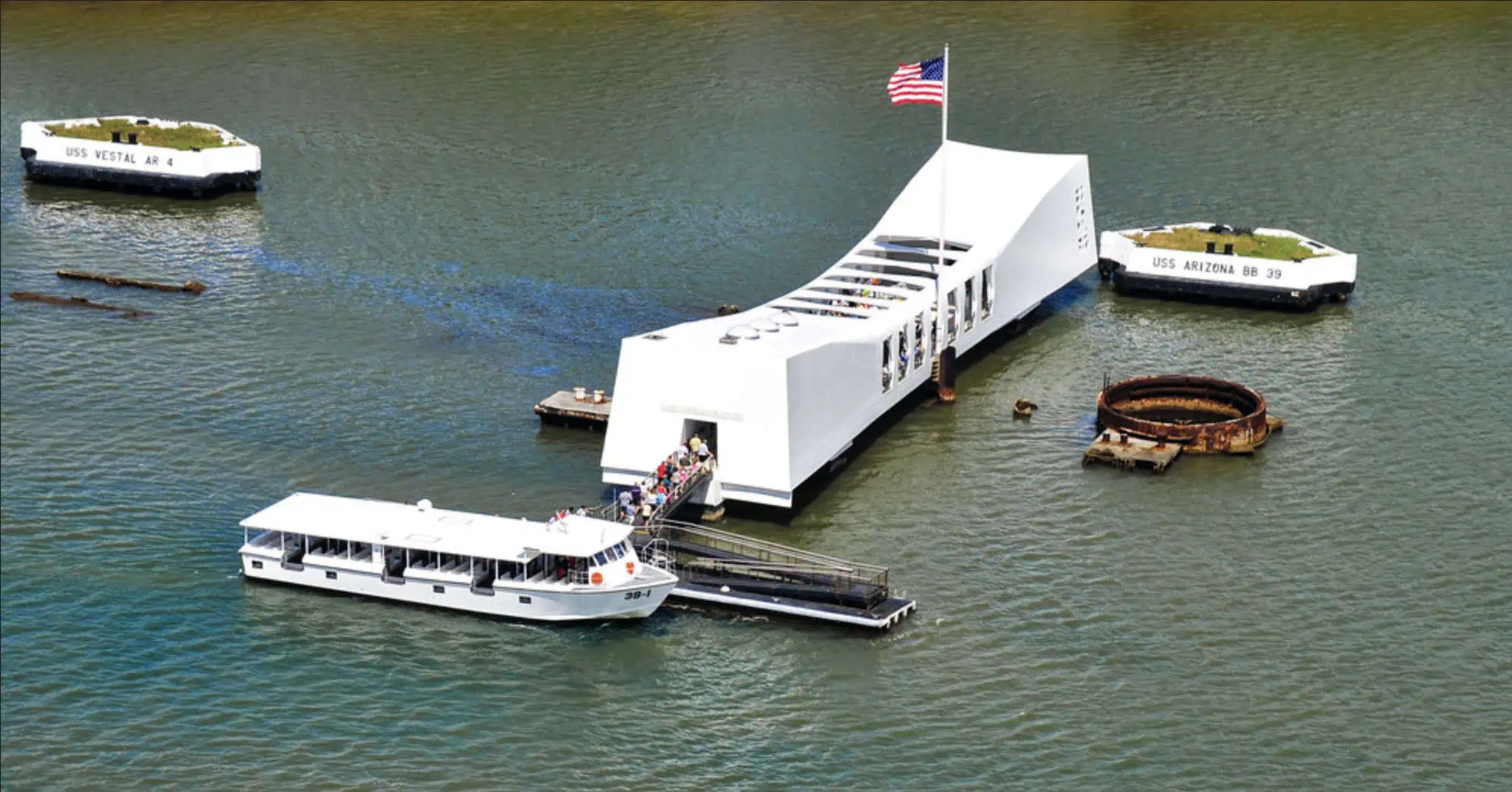
No. 2 Acadia vs. No. 15 Central Park
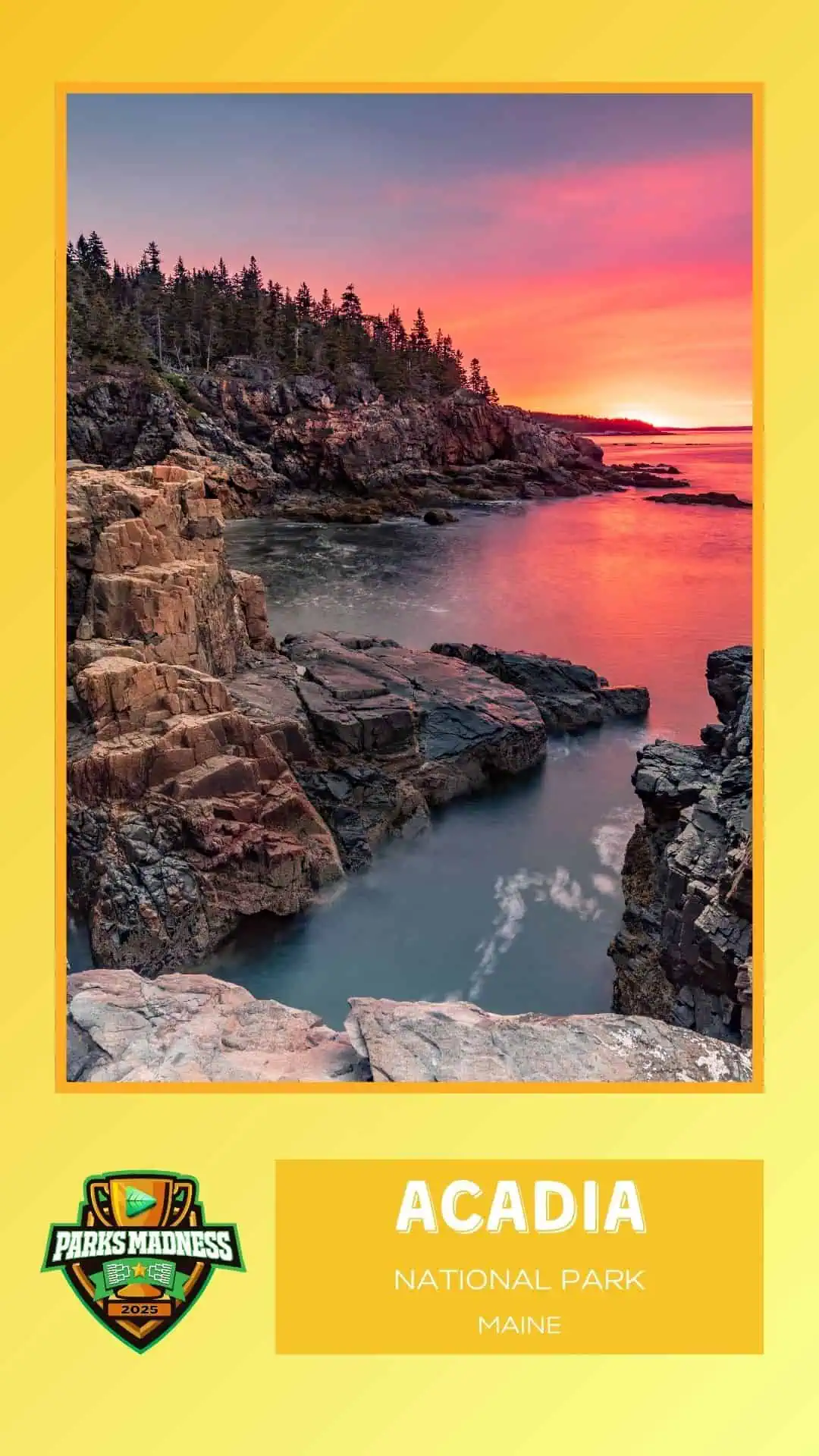
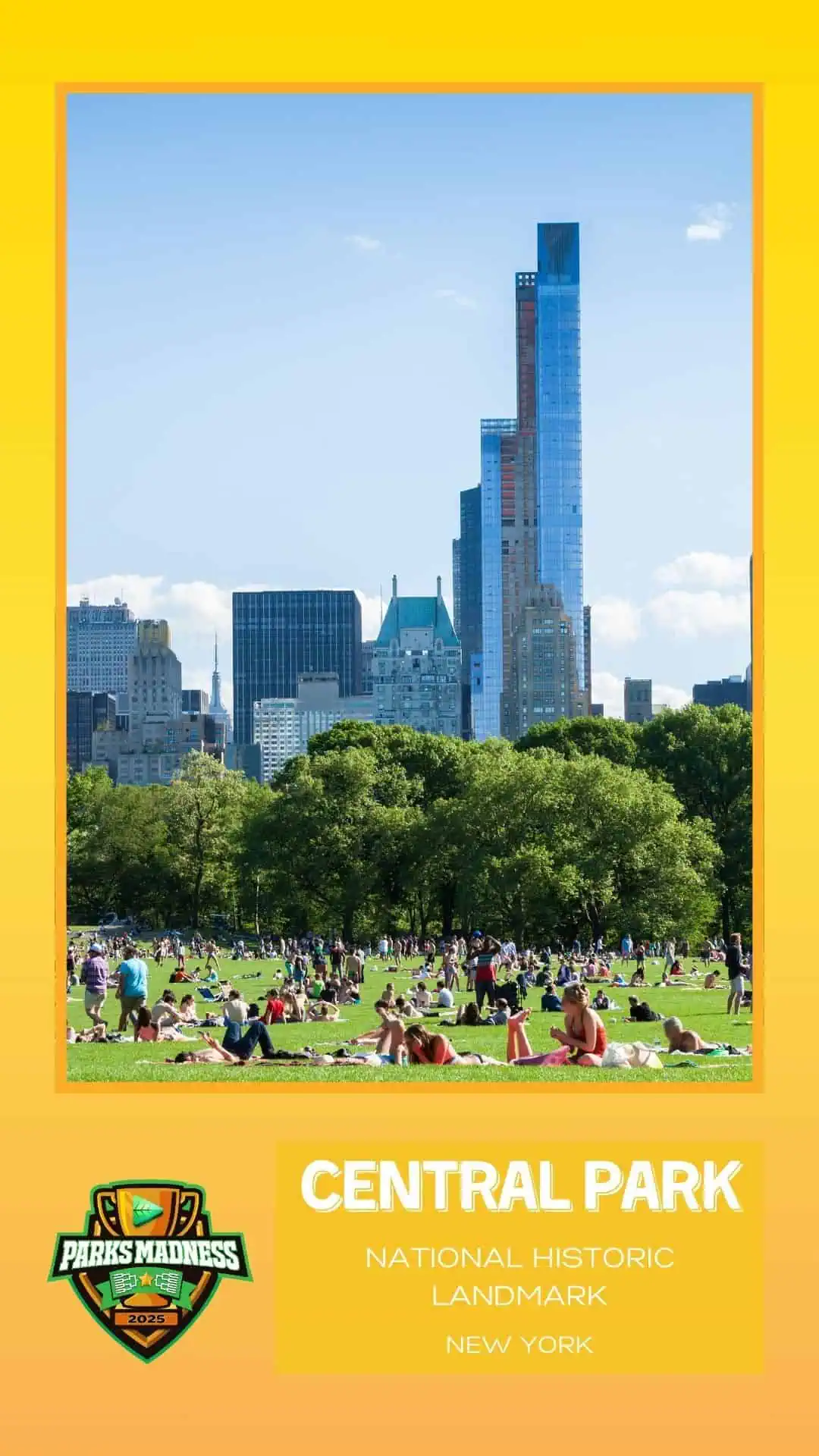
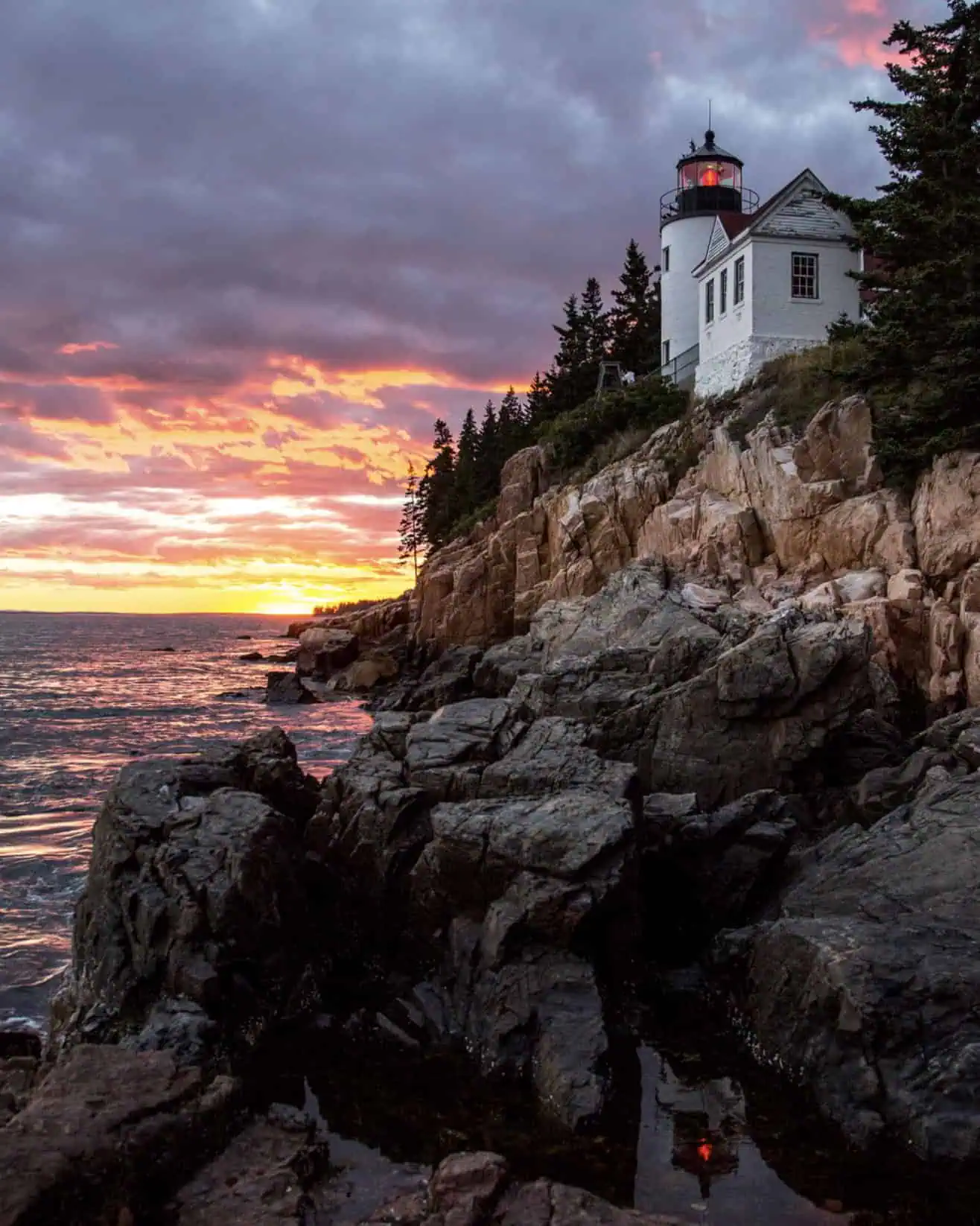
Now this is a curveball — a matchup between rugged coastal wilderness and the most famous urban green space on Earth. It’s a national park vs. a city park, granite cliffs vs. concrete jungle escape.
Located on Maine’s Mount Desert Island and surrounding areas, Acadia is a gem of the Northeast — combining rocky coastline, forested trails, and granite summits with sweeping ocean views. It’s one of the few national parks where you can hike, bike, kayak, and eat lobster on the same day.
It’s also wildly popular — over 3.8 million visitors a year — making it the fifth-most visited national park in the U.S. But don’t worry, with 150 miles of trails, you can still find your own pocket of quiet beauty.
Best move: Watch the sunrise from Cadillac Mountain, one of the first spots in the U.S. to catch the light.
Smack in the middle of Manhattan, Central Park is only 843 acres — but it punches way above its weight. Designed by Frederick Law Olmsted and Calvert Vaux in the 1850s, it’s a masterpiece of landscape architecture and the most visited urban park in the U.S., drawing over 40 million people a year. (Yes, you read that right.)
There’s boating, skating, Shakespeare in the Park, a zoo, historic bridges, hidden waterfalls, horse carriages, and enough people-watching to last a lifetime. It’s not wilderness — but it’s been a lifeline for generations of New Yorkers.
Best move: Stroll The Ramble, grab a bench near Bethesda Terrace, and pretend you’re in a rom-com.
Acadia is elemental: wind, granite, pine, sea. Central Park is curated: designed beauty in the middle of chaos. One recharges your soul with silence. The other buzzes with life — and yet somehow still gives you room to breathe. So what’s it gonna be — the coast of Maine or the core of Manhattan?
